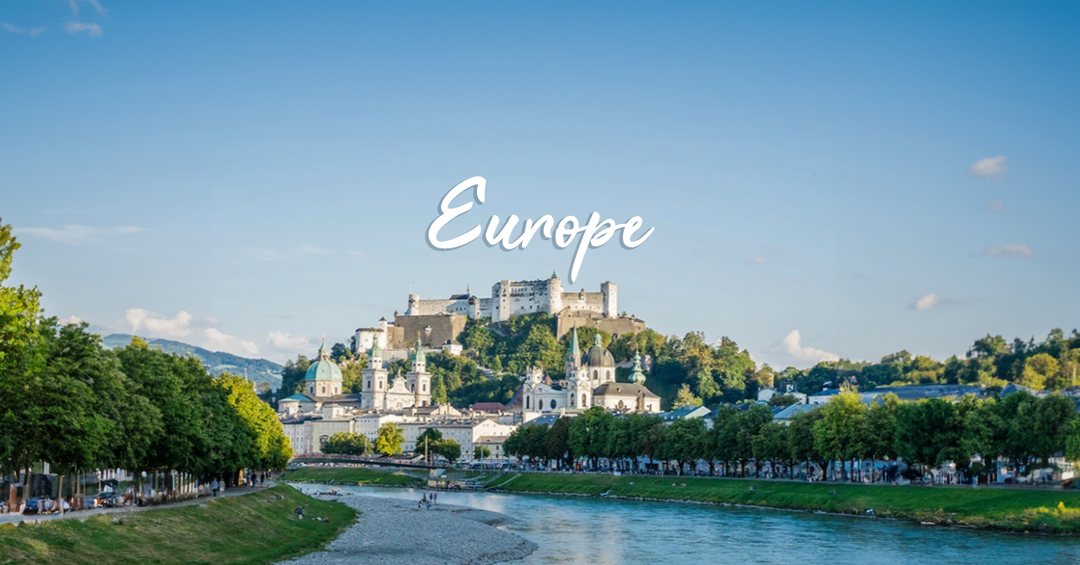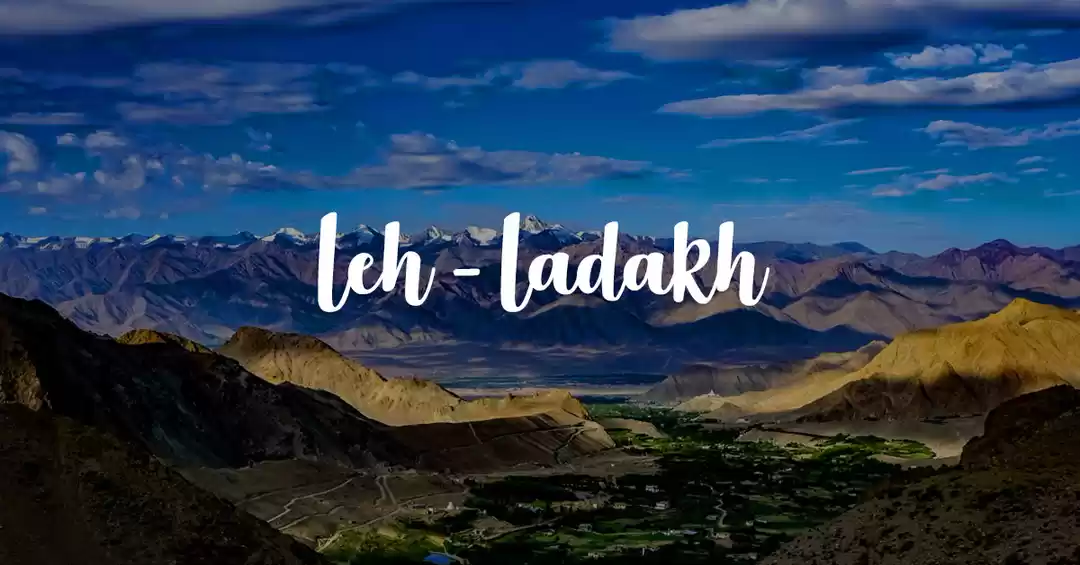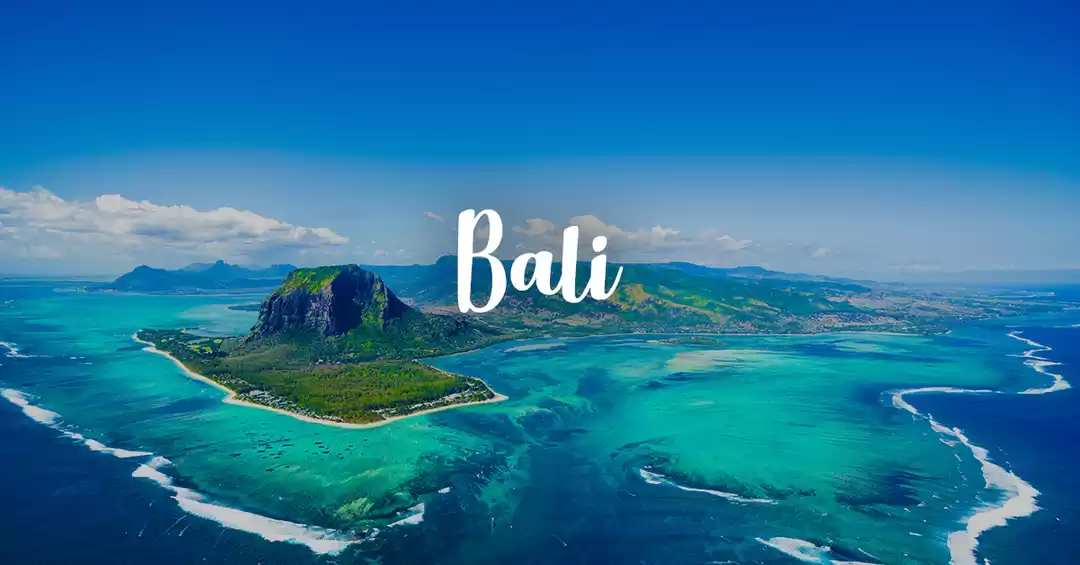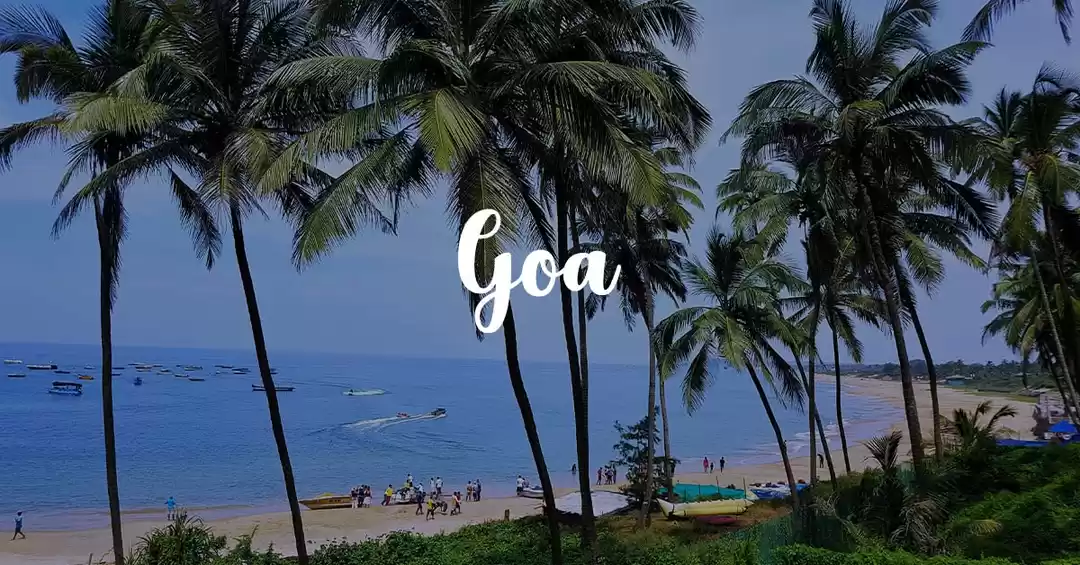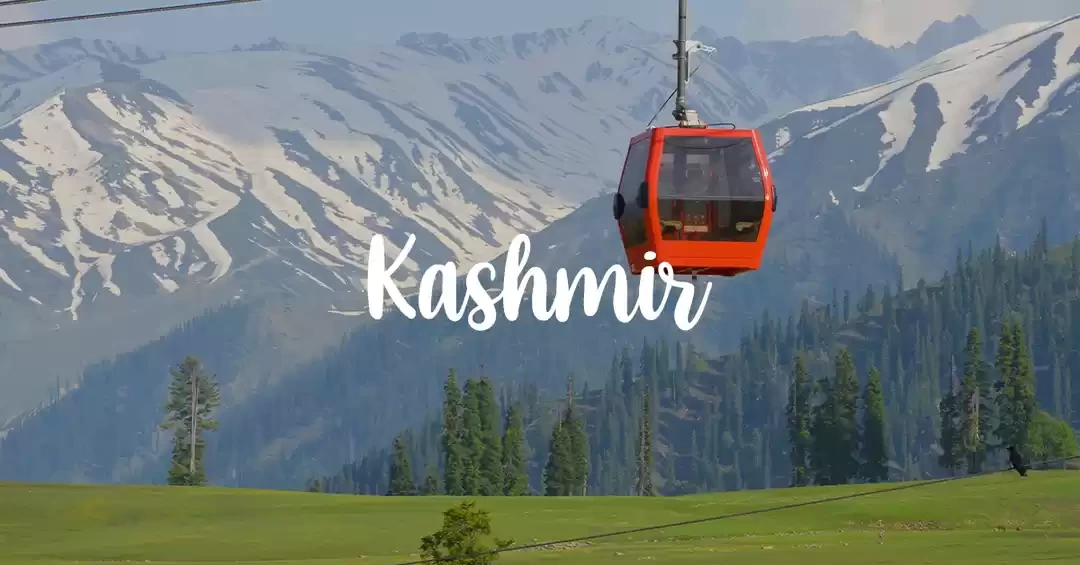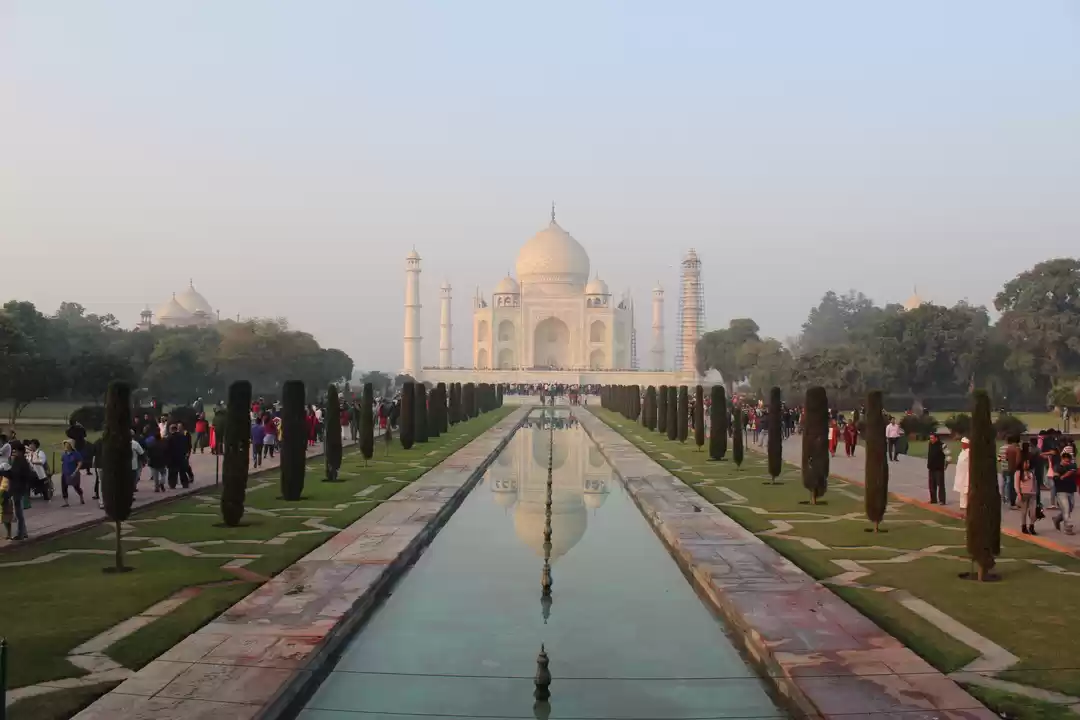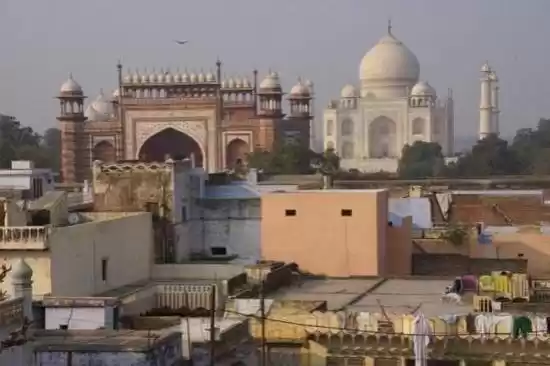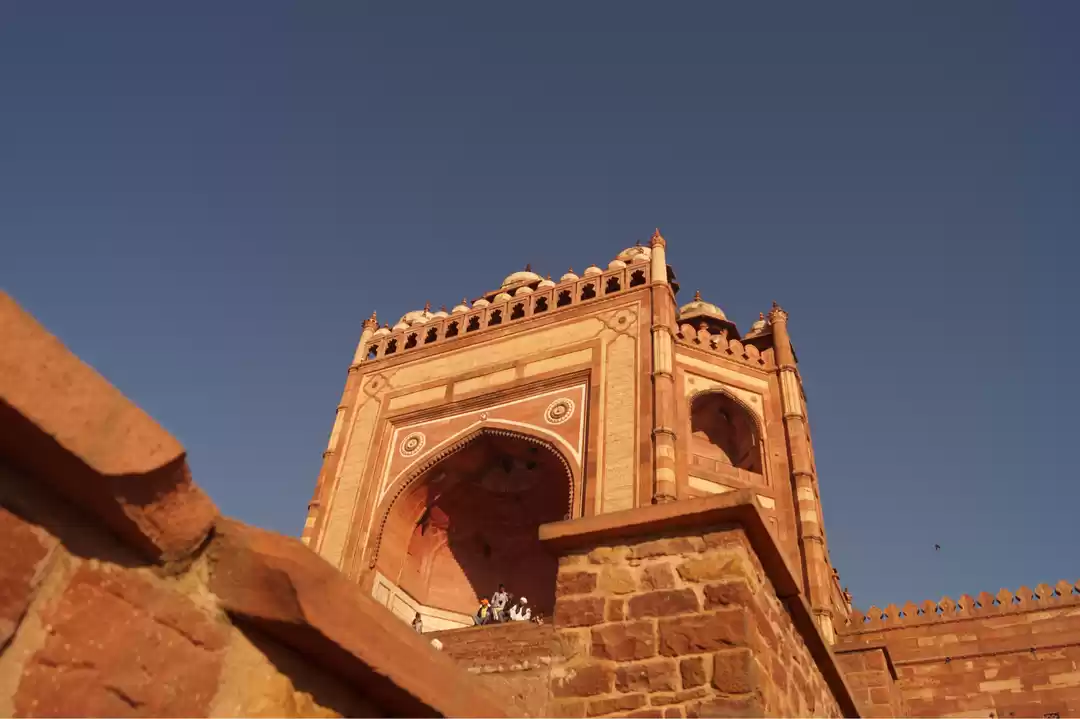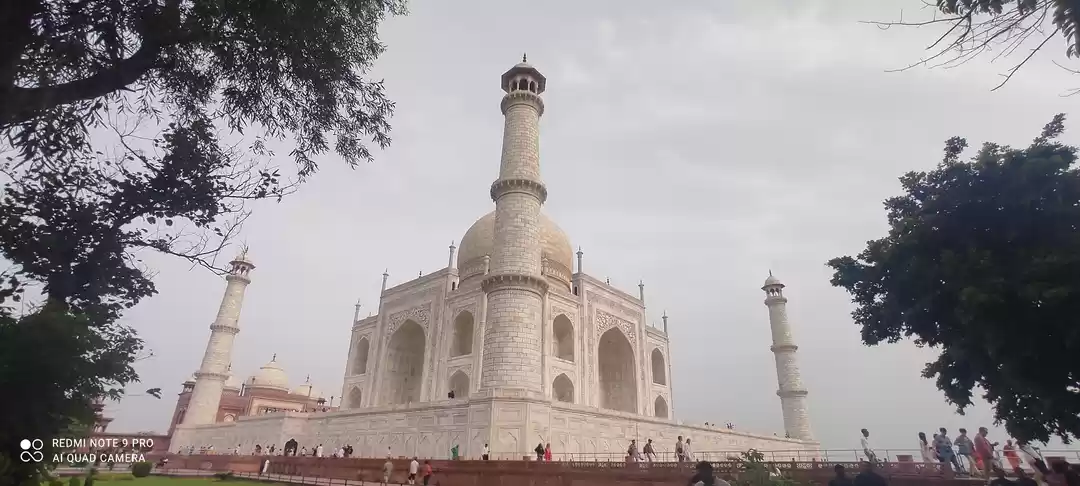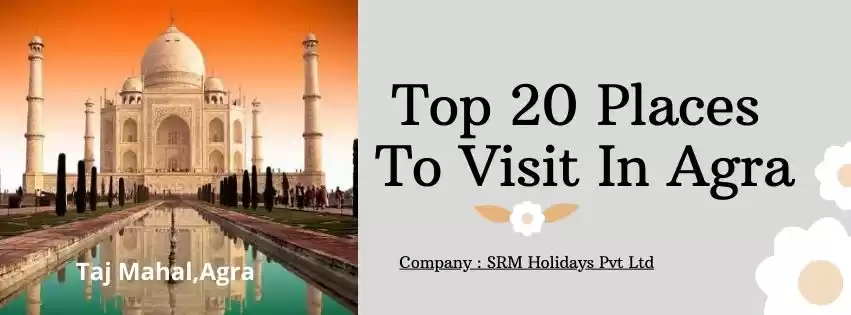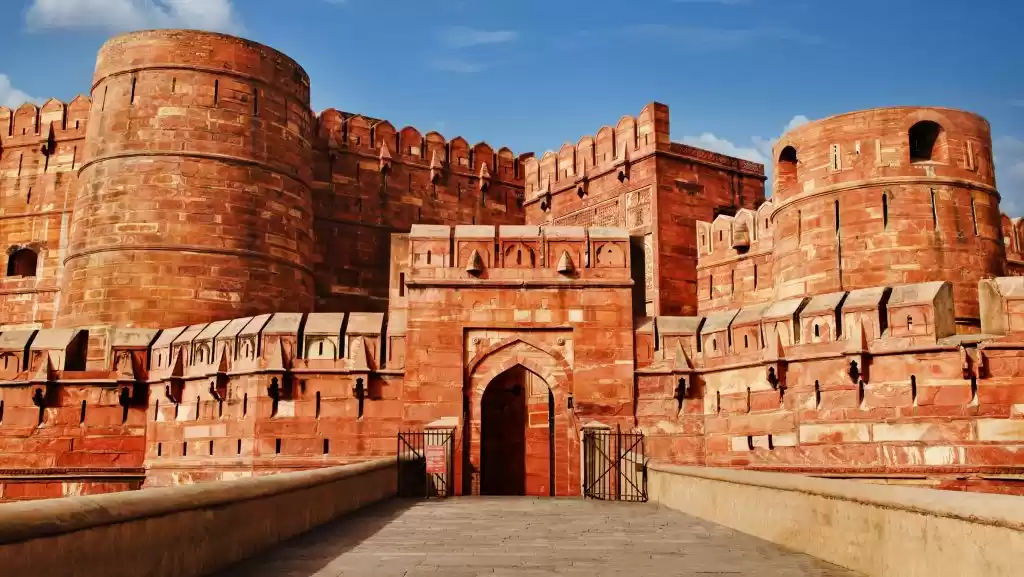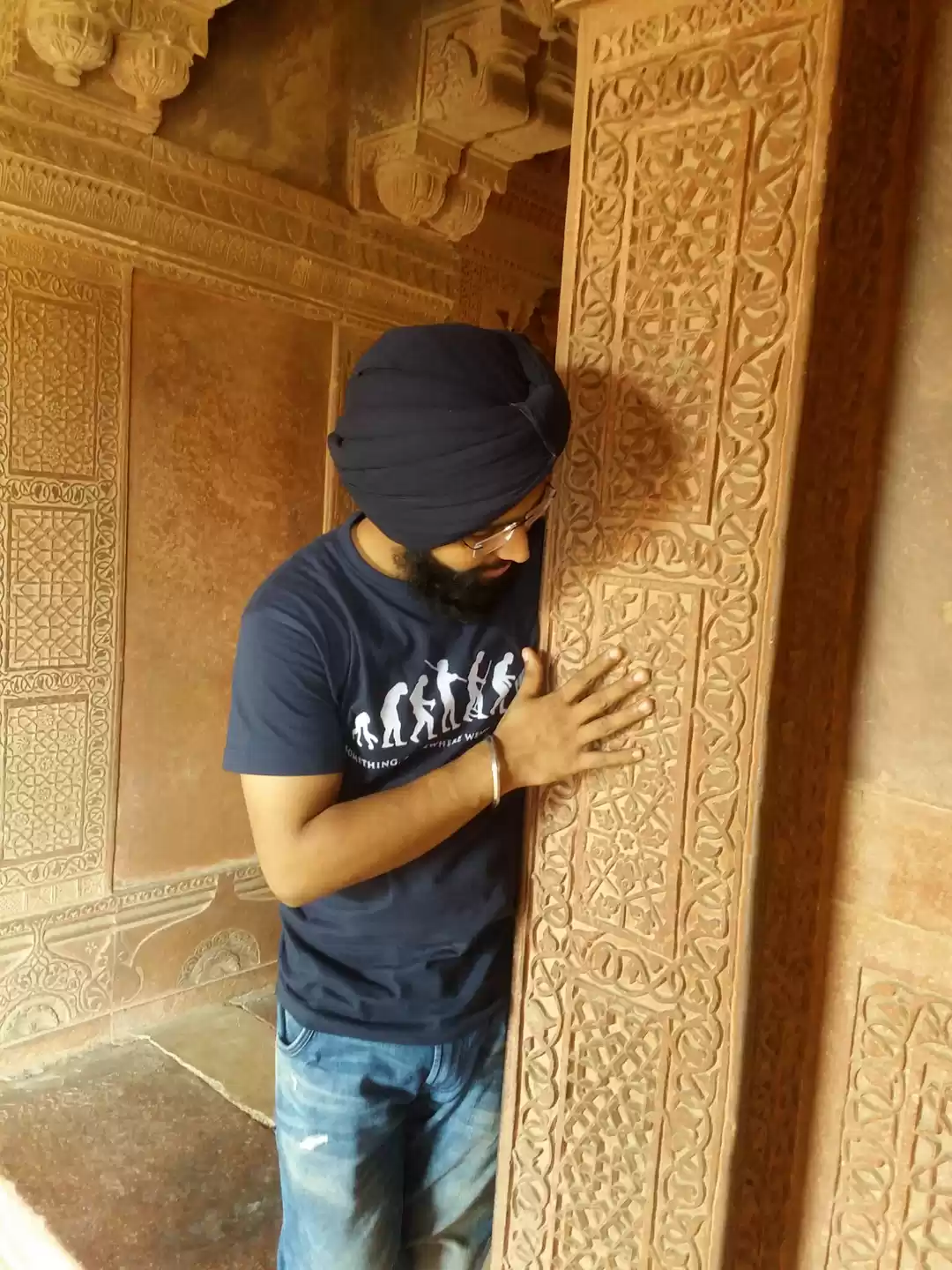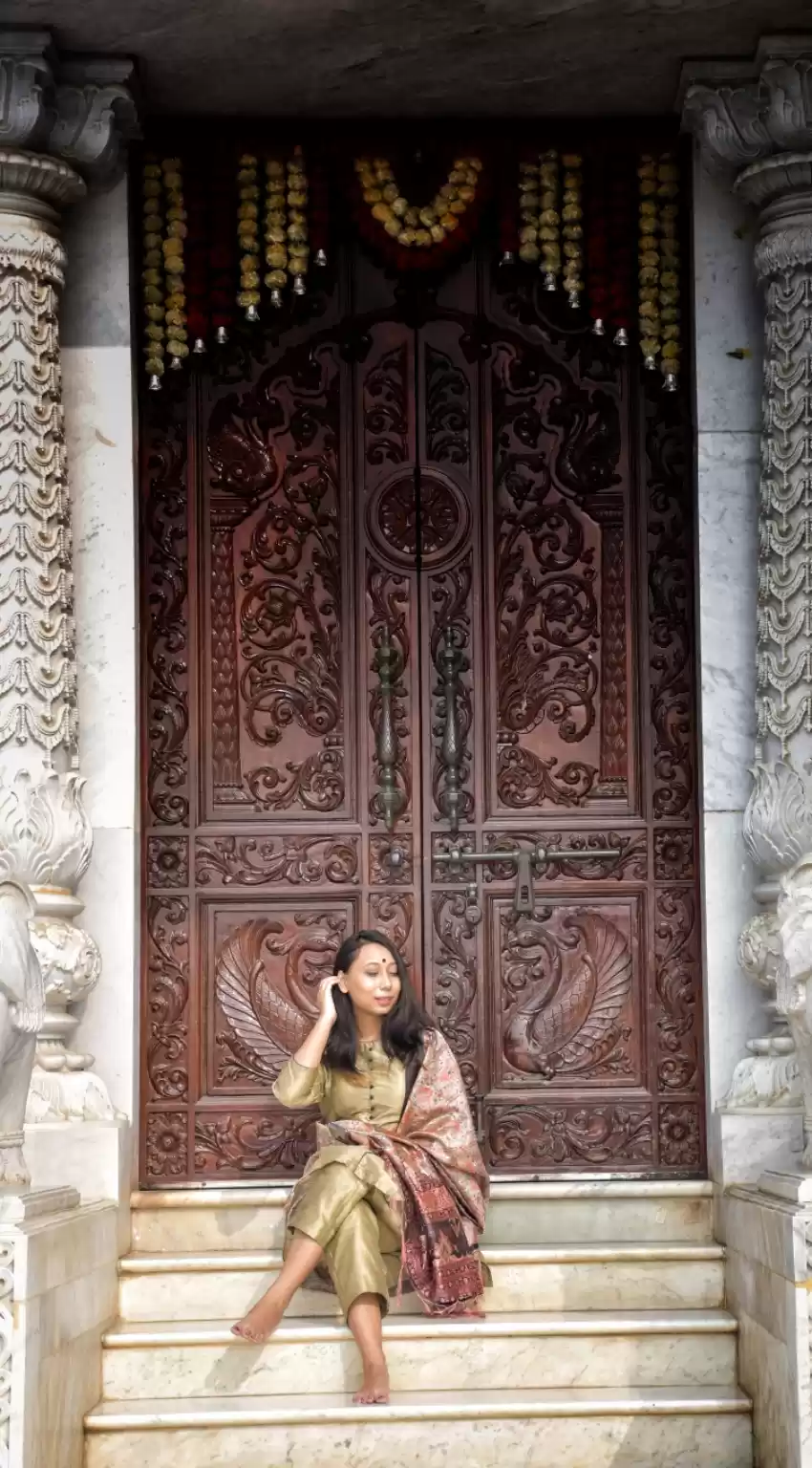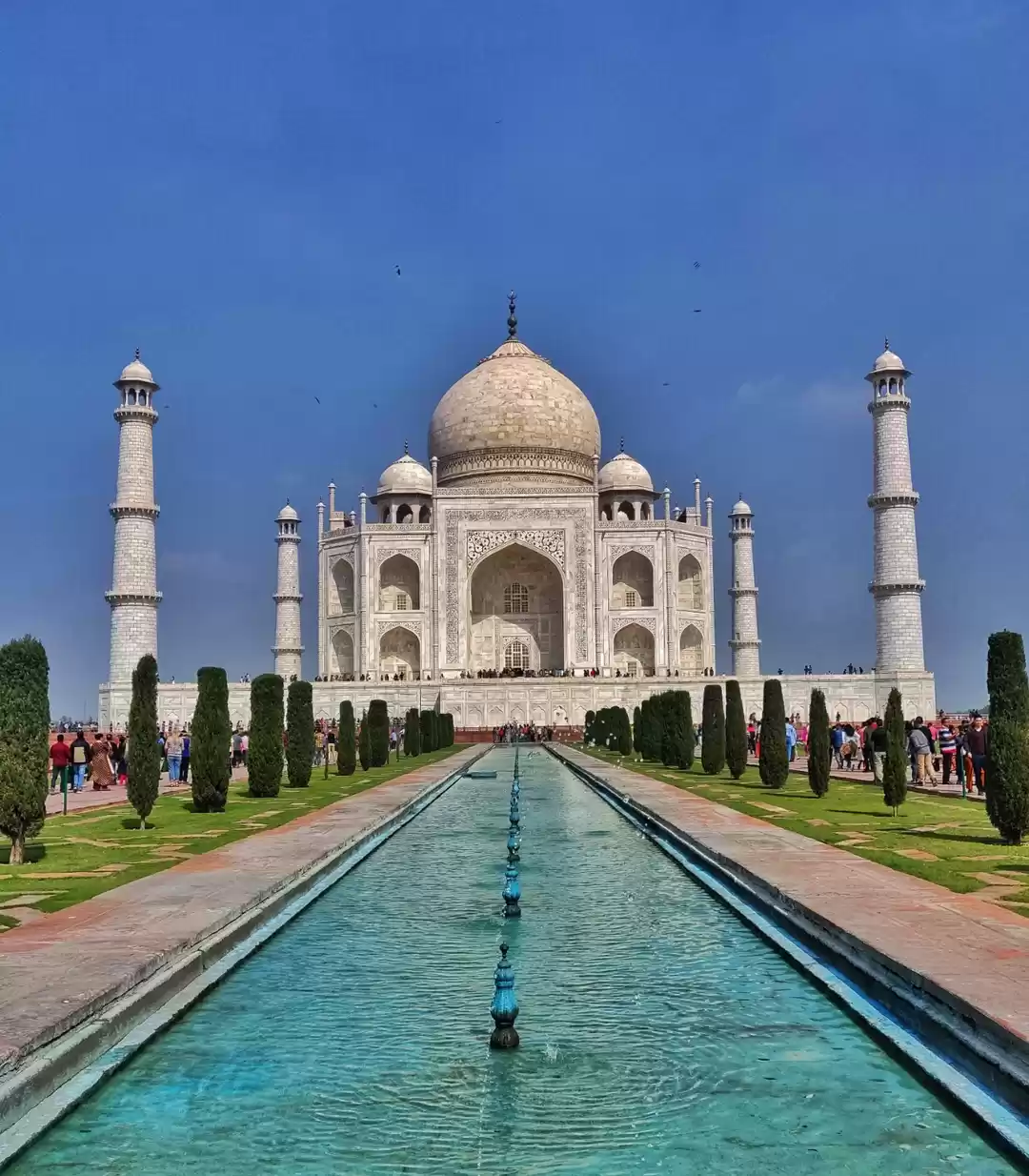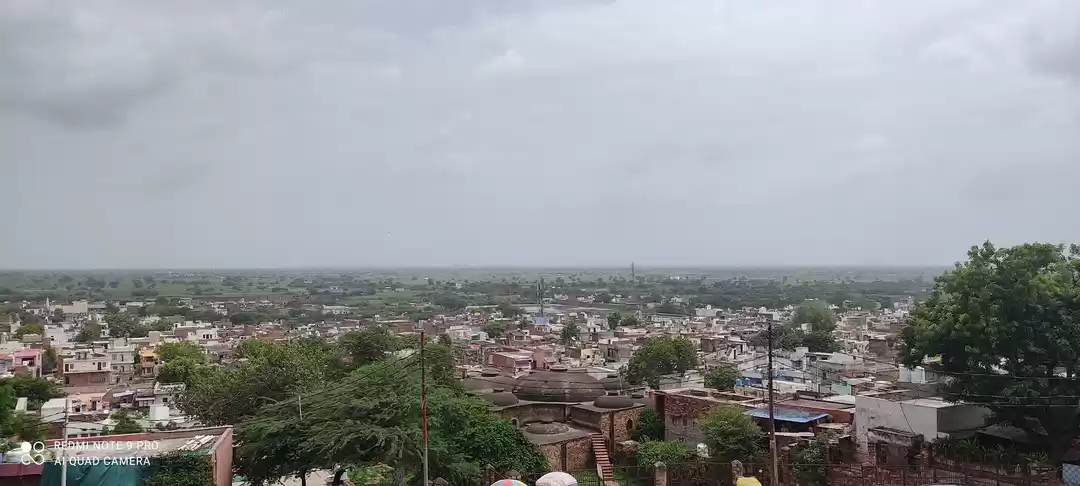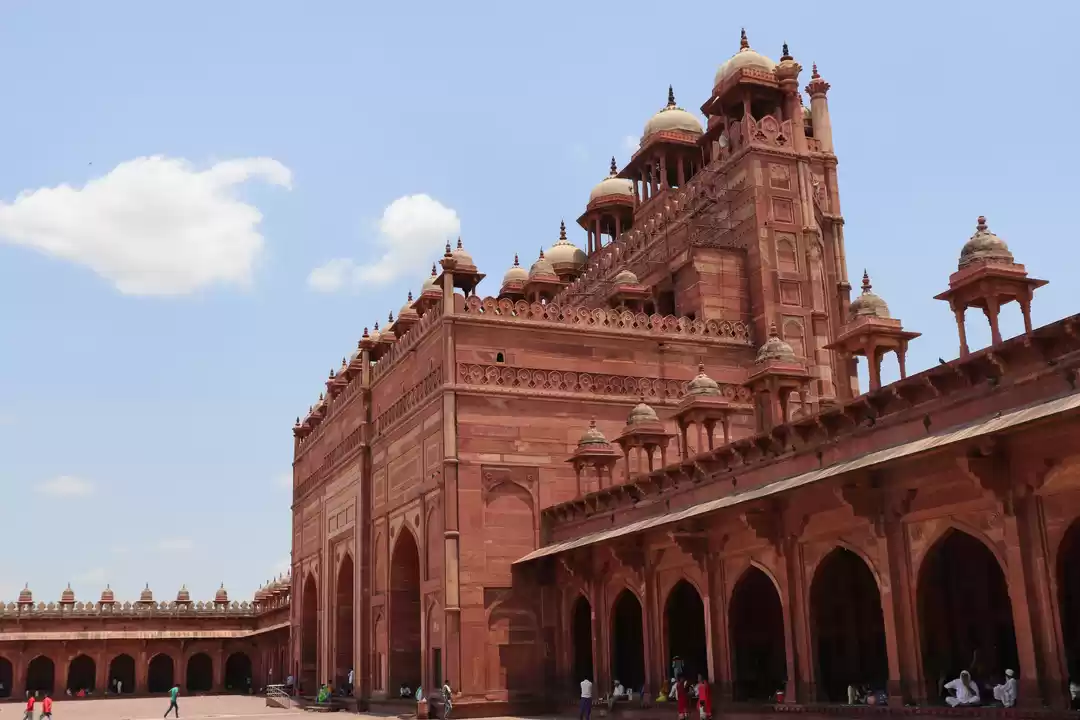
Taj – Teardrop on the cheek of time
While planning my trip to Varanasi to attend Dev Deepavali, I was looking at other nearby places that I could visit. Agra was always on my mind and Taj Mahal in my heart. Although most would prefer to visit the monument that depicts eternal love, my husband wasn’t too keen on visiting it, so it found place on my “mandatory to visit” list during my solo travel. An overnight bus from Varanasi at 7.05 pm (Jet Blaze Cruiser) dropped me off at Agra-Lucknow Expressway (Yes!!! They drop you off on the Expressway), where I caught an auto (paid Rs 250) and reached my accommodation – Zostel Agra. I have considered the trip cost on the higher side based on inflation over the past 2 years. And also considering, when travelling solo, some compromise on food while others prefer a complete meal.
P.S. – The bus halted at a decent Dhaba (food joint) at 1.30 am for dinner!!!!
Zostel Agra, which is now PERMANENTLY CLOSED now was nothing like Zostel Bangalore (Zostel Agra lacked cleanliness, facility, dorm space, and even modest satisfactory sleeping berth – the bunk beds were old creaky ones, and I was always fearful that it might take a fall if someone tried climbing up). These deficits were compensated to some extent by the presence of a wide lawn with bean bags, table and few chairs, their quirky café where all the visitors left behind their “footprints” in the form of graphics and words adorning the walls of the café, warm hosts, and proximity to Taj Mahal (it is us just a km away from Taj Mahal on the Taj East gate road, a straight walk). I paid Rs 1995 for 3 nights for a bunk bed in a 4-bed mixed dorm.
You can also choose to stay at Joey's Hostel Agra (I stayed here during my 2nd visit) but opt for a room at the top floor where they have their restaurant. From the rooftop restaurant you have a clear view of the Taj at all times of the day😊😊. This place is extremely close to the South Gate which btw is PERMANENTLY CLOSED. Cost was Rs3000 for a deluxe a/c room with attached bath on the 2nd floor, adjacent to the rooftop restaurant.
I had planned 4 days and 3 nights in Agra, so I dedicated the first day to uncompromised rest because I wanted to visit Taj Mahal early morning when it opens (do check the time of the month you are visiting because Night Viewing is available on five days in a month - on full moon, two days prior and two days after full moon. You can check the website for more information - http://www.tajmahal.gov.inight-view.aspx).
Next morning, I woke up by 3.30 am, to be able to reach Taj gate by 4.30 am to avoid a queue at the counter. To my surprise I was the only one at the Indian tourist ticket counter (this was in 2018 when tickets used to be dispensed over the counter too, but when I visited Taj again in March tickets could only be bought online)!!!! However, a long queue awaited at the foreigner tourist counter. Taj South gate is relatively less crowded that the East Gate, so it is preferable to consider that entry point.
Currently only online tickets are available. Tickets can be bought on www.asiagracircle.in. In fact, tickets to all the historical sites in Agra can be bought together.
Ticket for Indians – Rs250 (Rs50 for entry within the premises + Rs200 to enter the mausoleum). You can buy the shoe cover that you need to wear inside the mausoluem from outside for Rs10.
Ticket for foreign nationals – Rs1300 (that includes a bottle of water, a map, a pair of shoe covers since shoes are not allowed inside the mausoleum)
P.S. – Entry to Taj Mahal and 200 other ticketed monuments and museums across the country is free on September 27th which is the World Tourism day!!
CLOSED on FRIDAYS for Prayers
I always thought of Taj Mahal was an overhyped monument with nothing out of the ordinary to offer (one reason that made me procrastinate and my husband uncertain about visiting). It took an open mind and the first rays of sun warming the marble to determine “IT” as the crowning glory of Mughal architecture and soak in the “Taj-madness”. The enormity, richness and grandeur engulfed my soul and left it in absolute awe of every feature that constituted the tomb. Too enraptured with its beauty, I might have exhausted my phone memory with photos of Taj from different angles. With the complex consisting of two grand identical redstone buildings at the end of the main complex and the sheer vastness of the complex to cover, I spent a good 2 – 2.5 hrs enthralled by its surrealness, while a kind guide even offered me a spare pair of shoe covers to enter the mausoleum and a stunning picture of Taj Mahal. Photography is prohibited inside the mausoleum so try not to even attempt to take one (I know temptation is hard to resist!!!). Also, the actual tomb is 13 feet below the pseudo sarcophagi of Mumtaz Mahal and Shah Jahan. You can always choose to employ a guide (licenced under Government of India or State Tourism department who wear a red identity card) at the entrance to take you around the outer sections and explain about the monument but once you step inside the mausoleum, you will have to pay separately to the guide present inside in case you want to hear more. As you walk around, you will see coloured stones on bas-relief depictions of flowers and vines. Those are semi-precious stones coral, onyx, carnelian, amethyst, and lapis lazuli that add splendour to its white exterior.
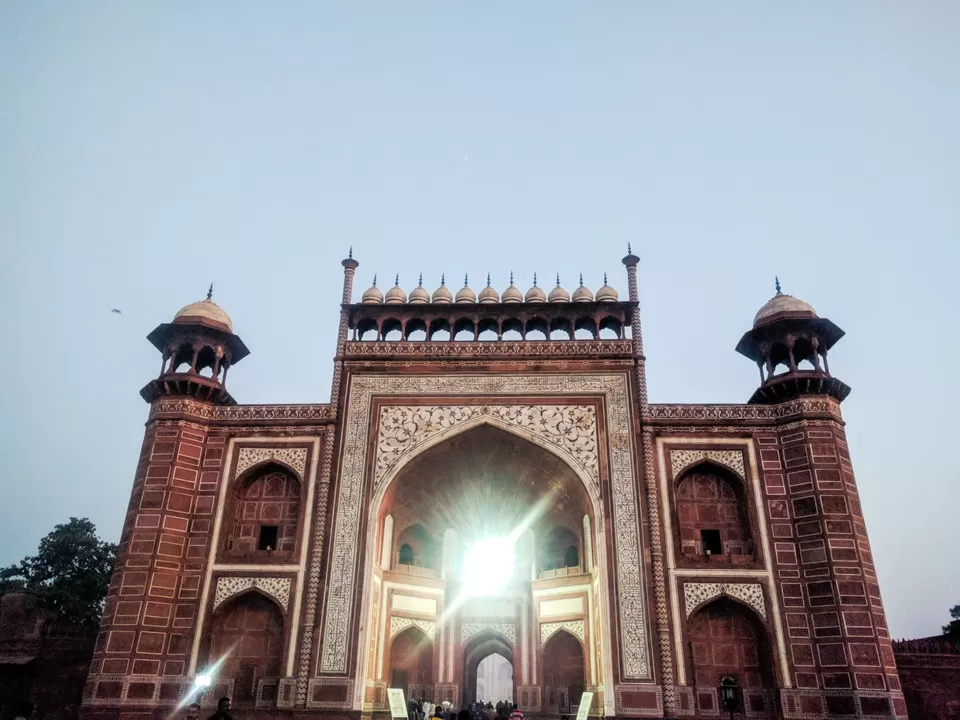
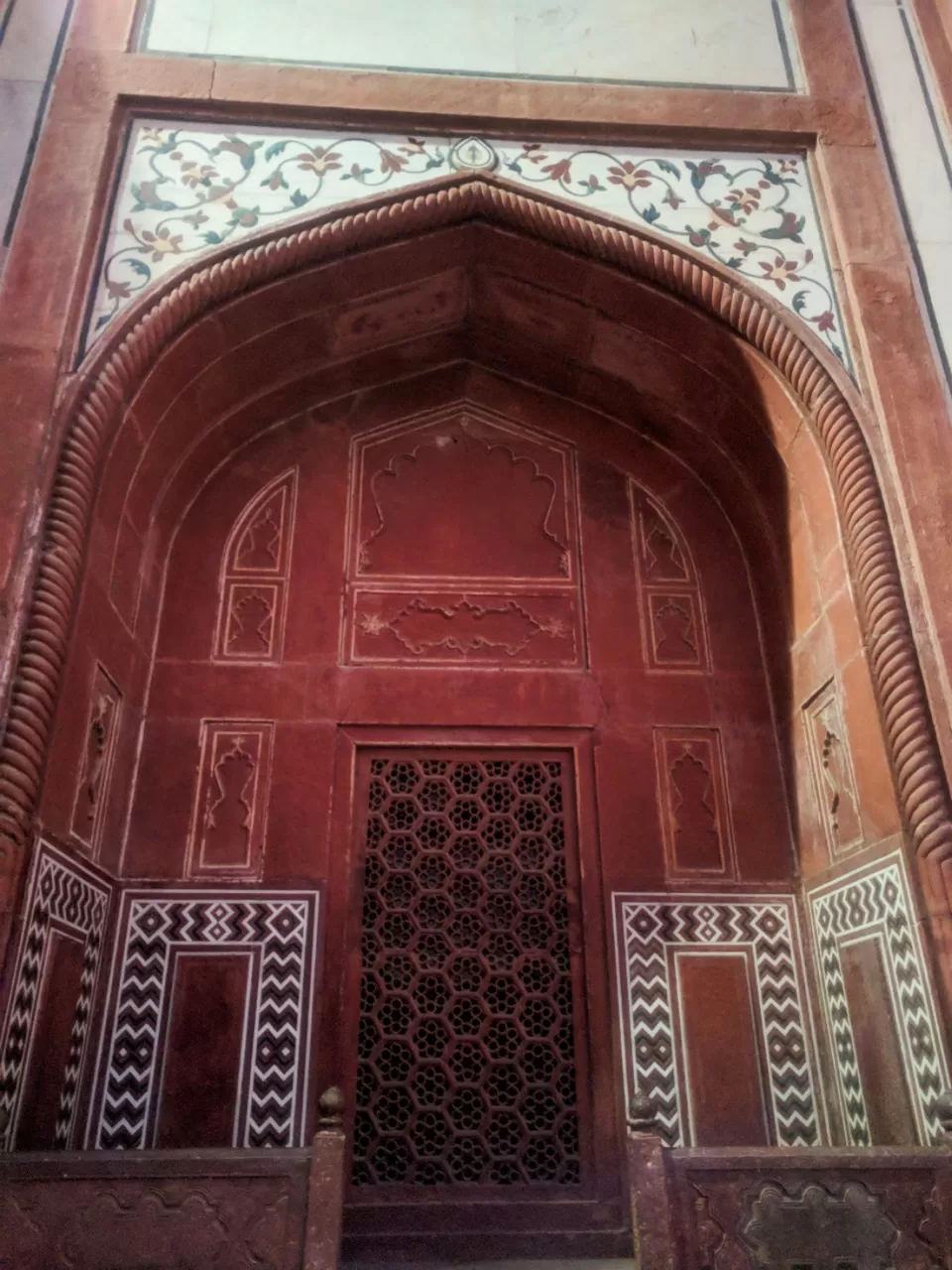
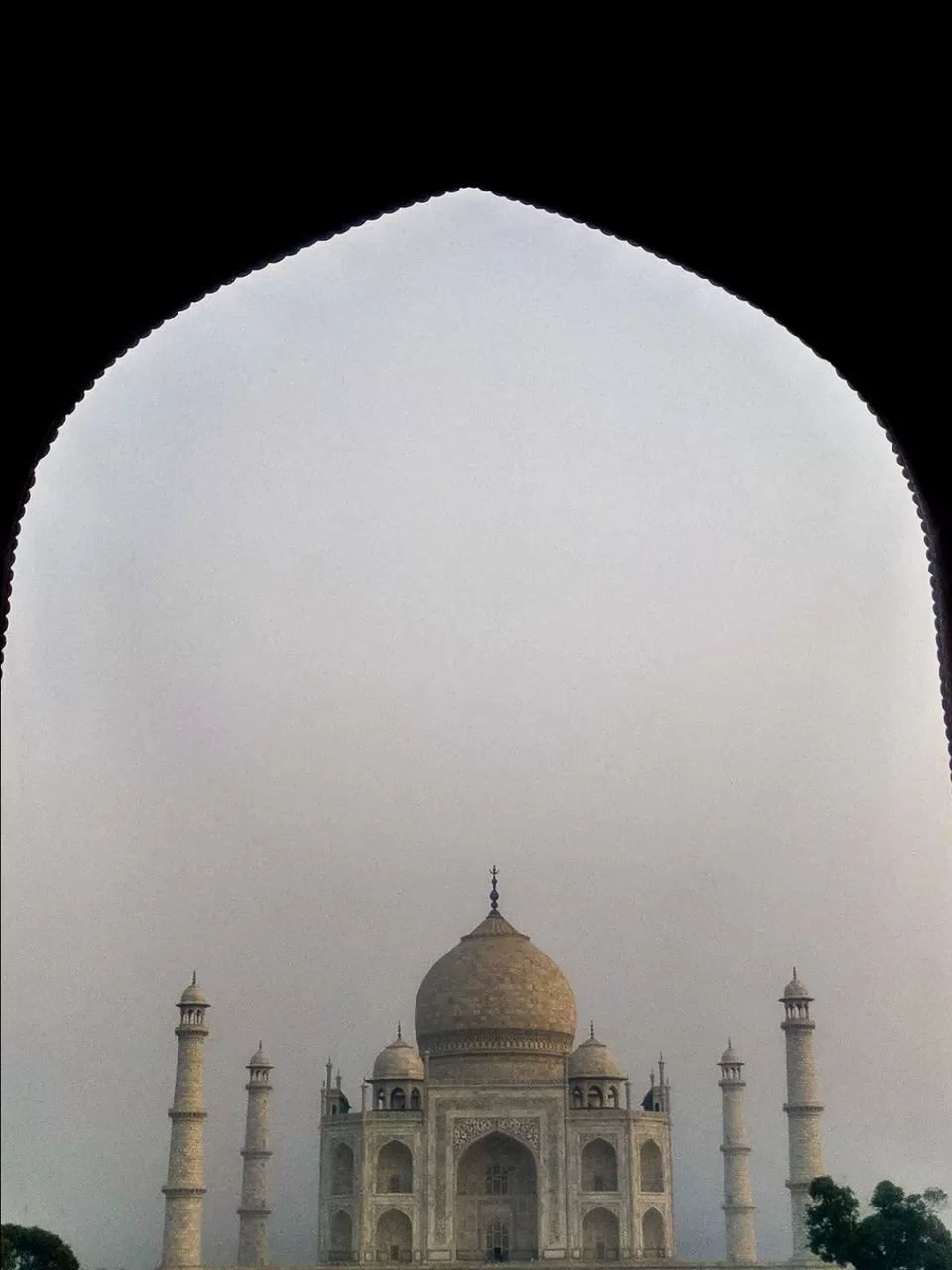
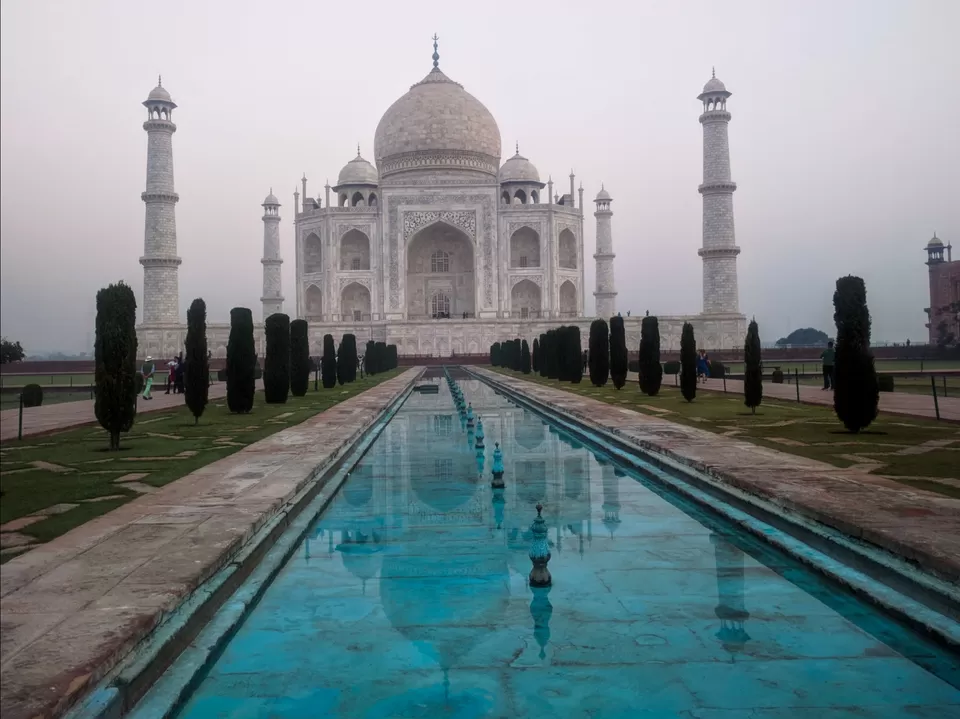
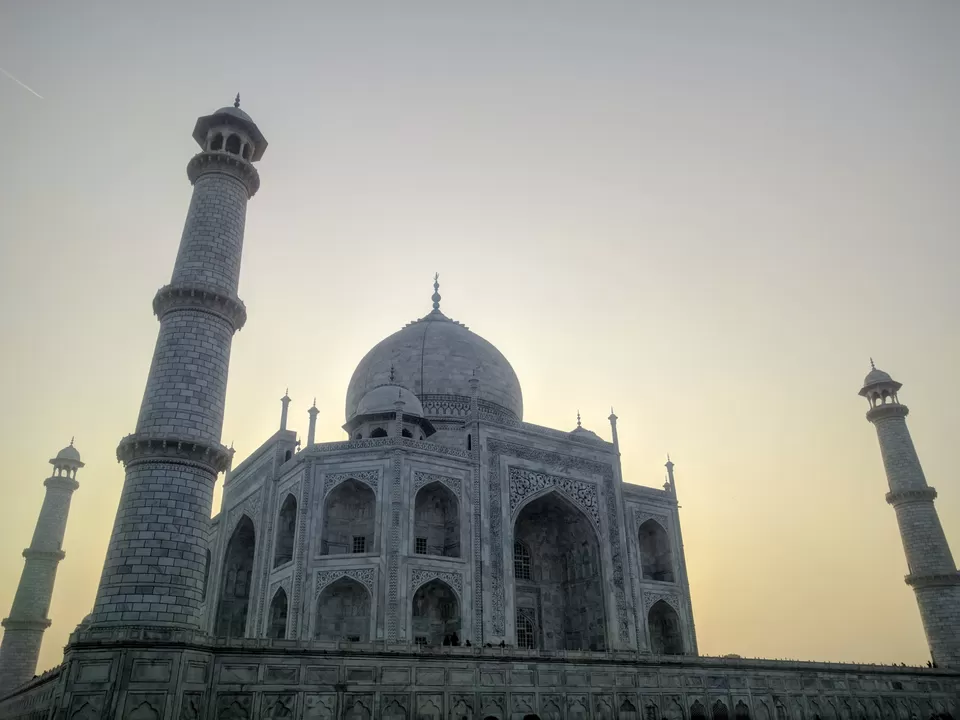
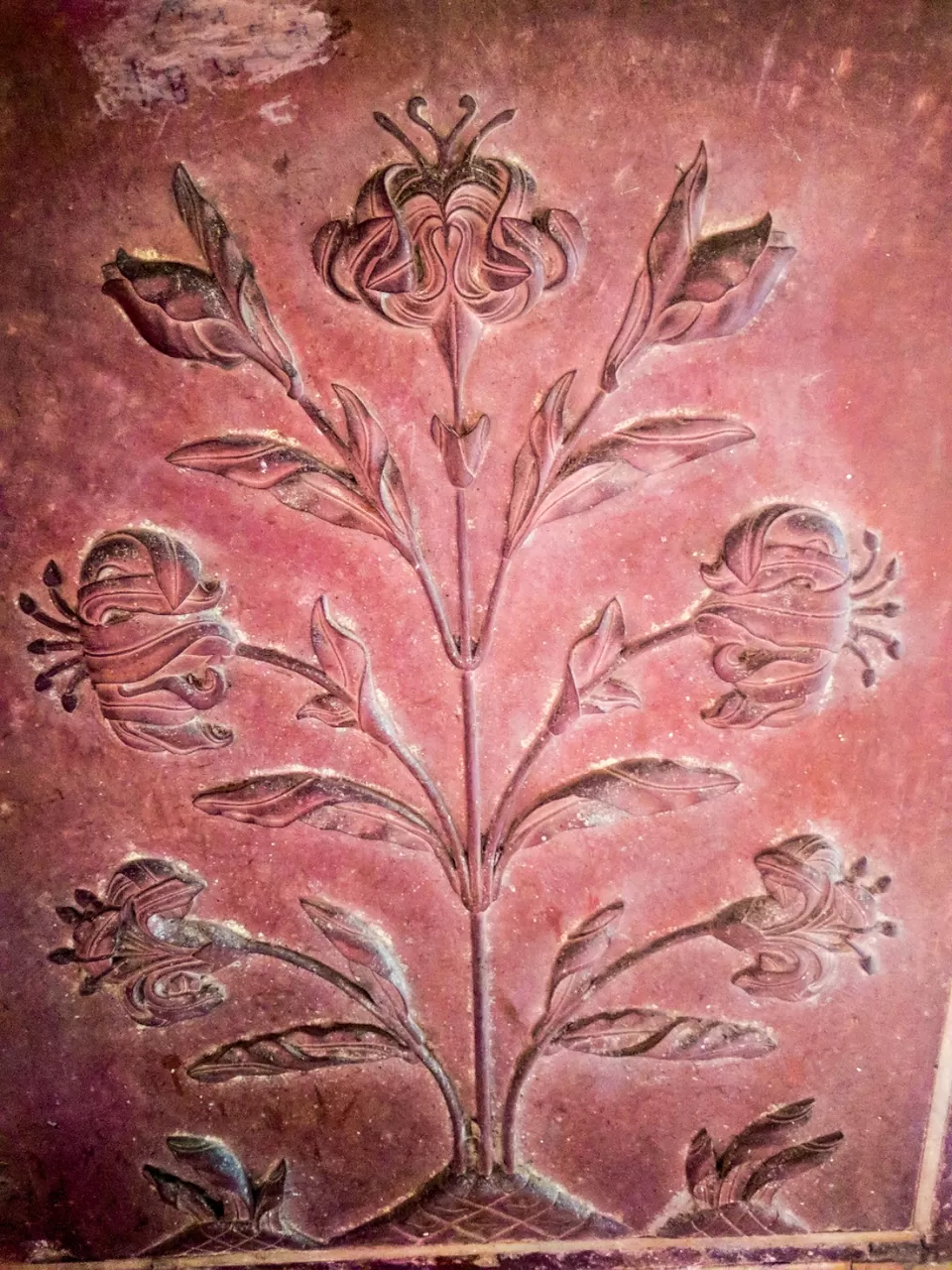
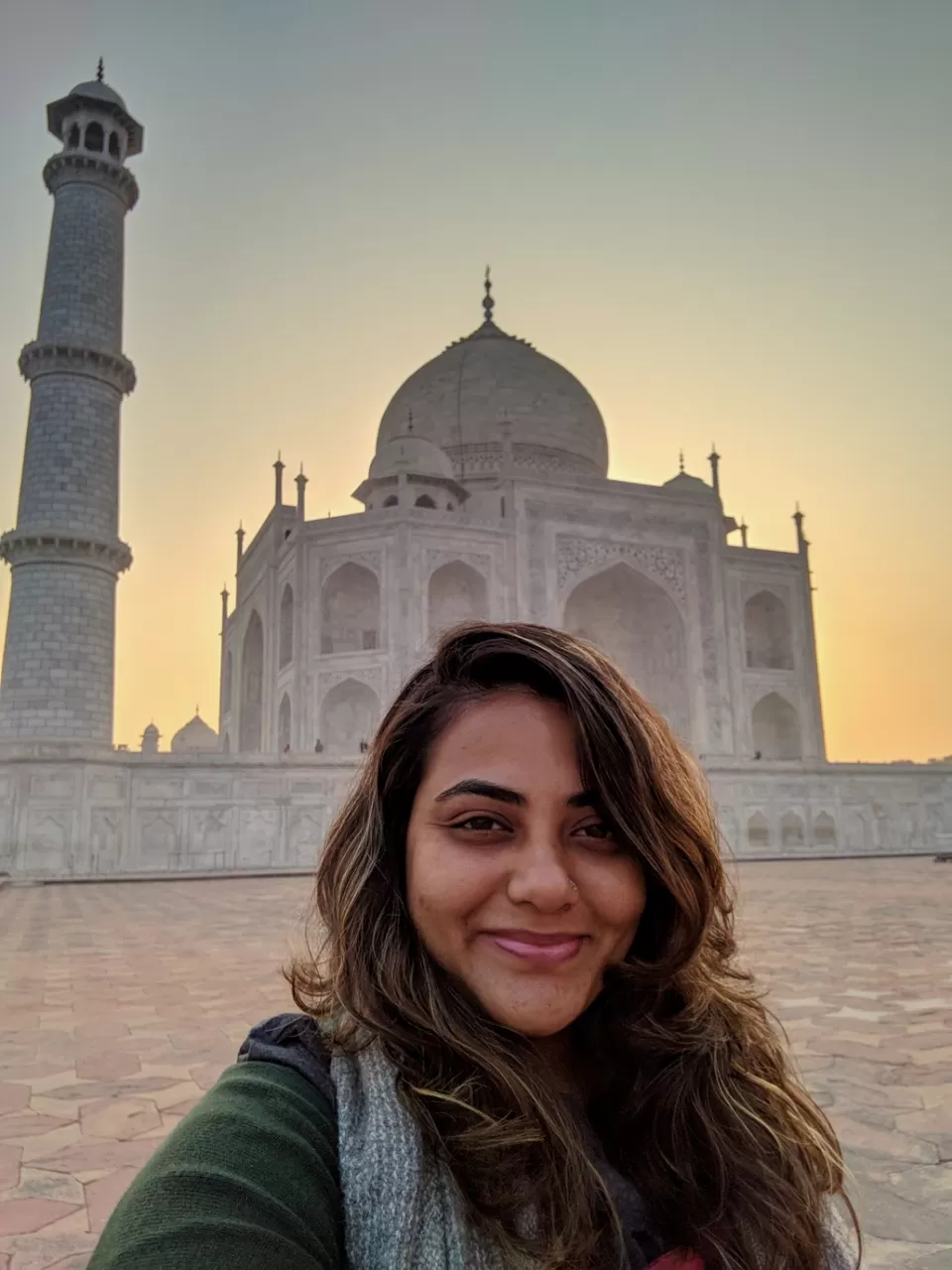
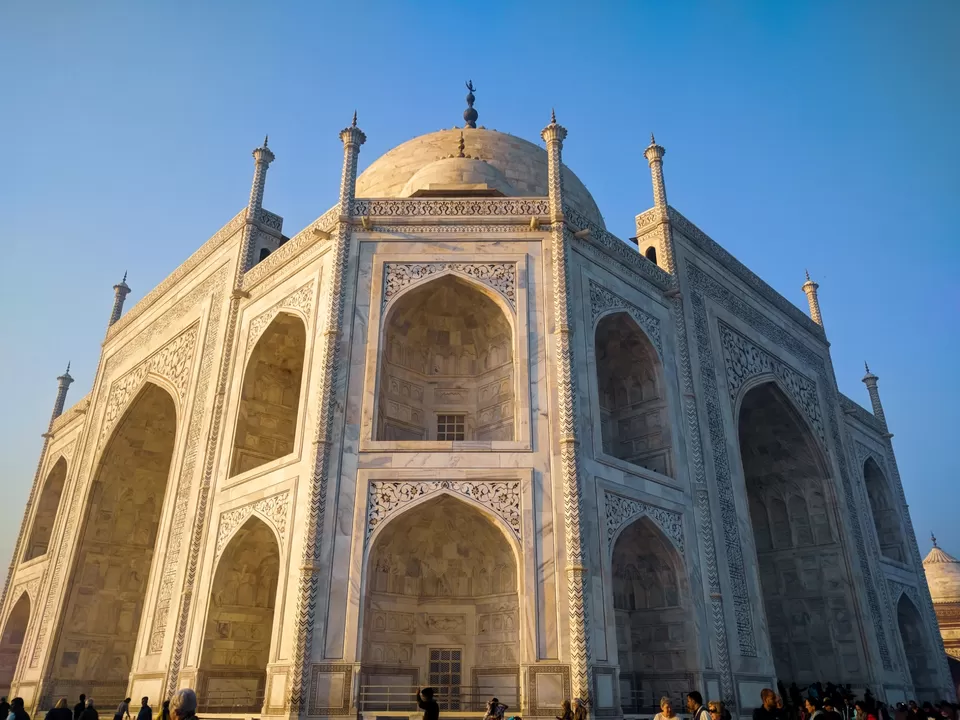
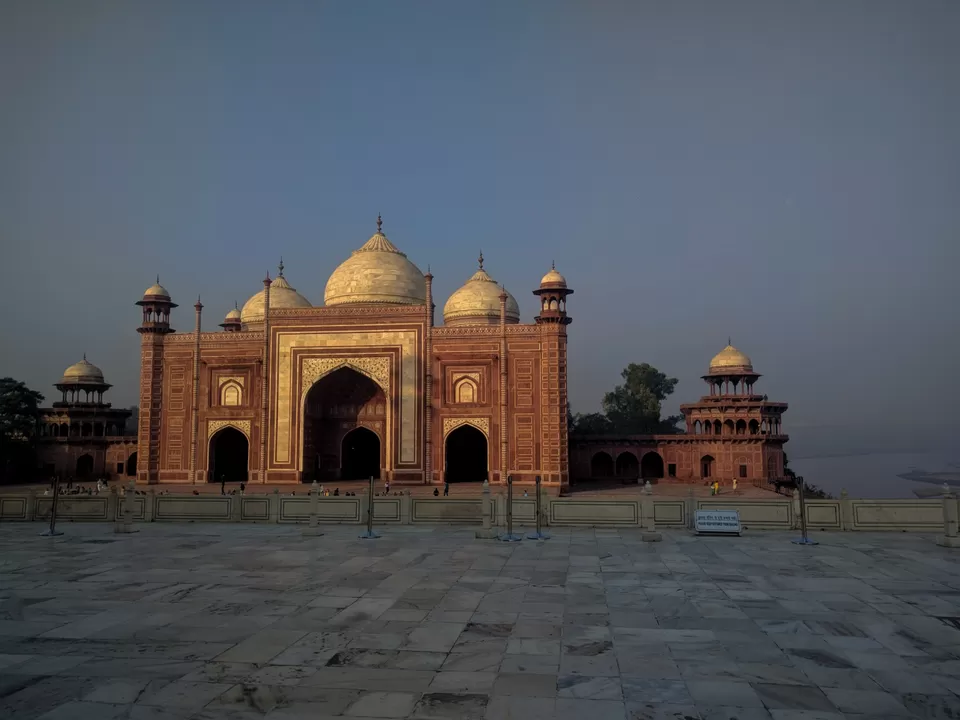
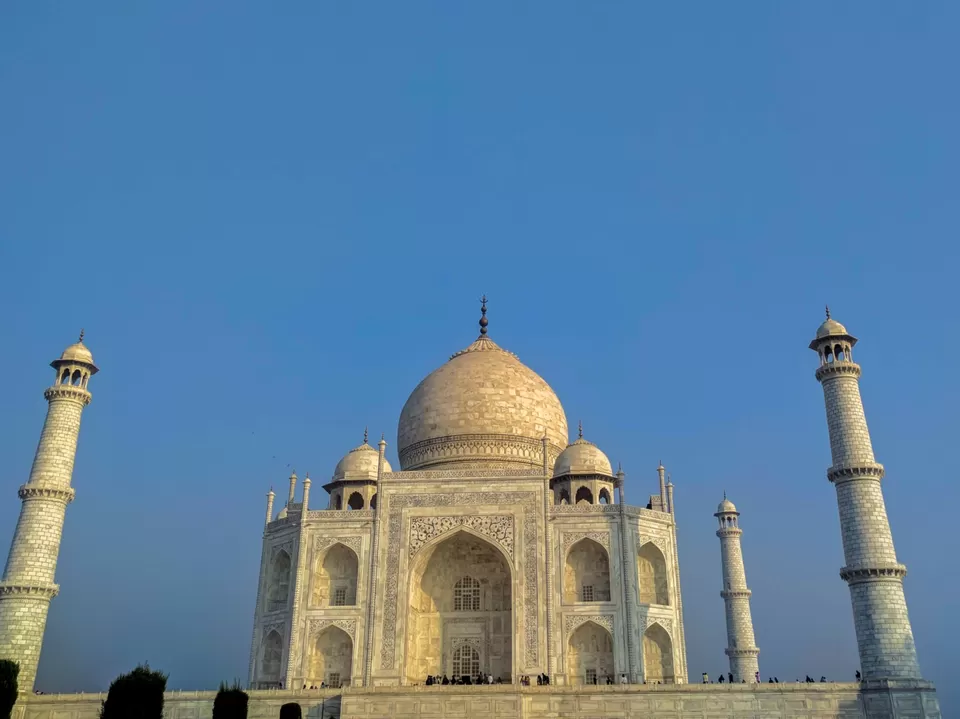
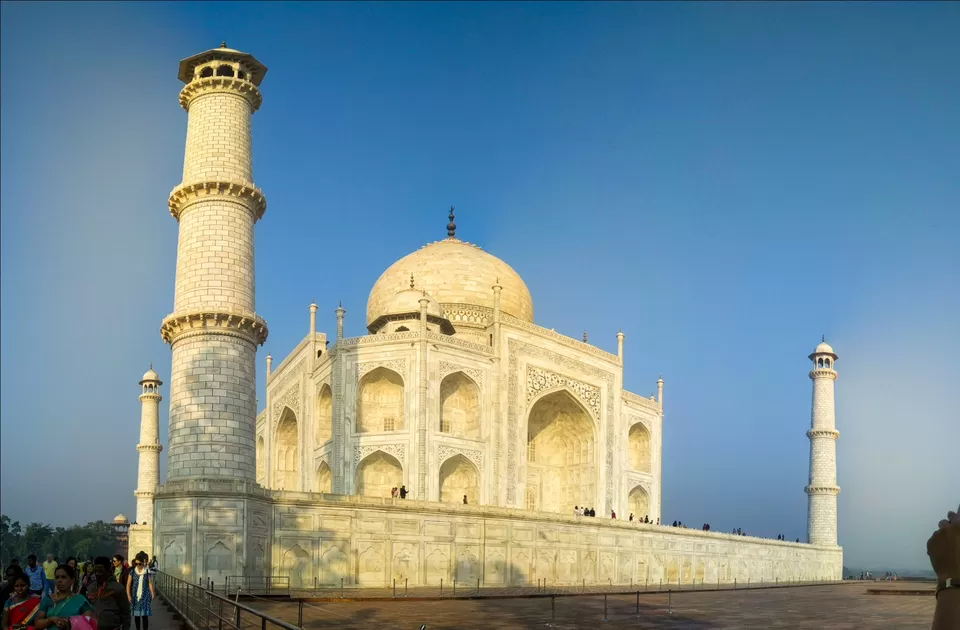
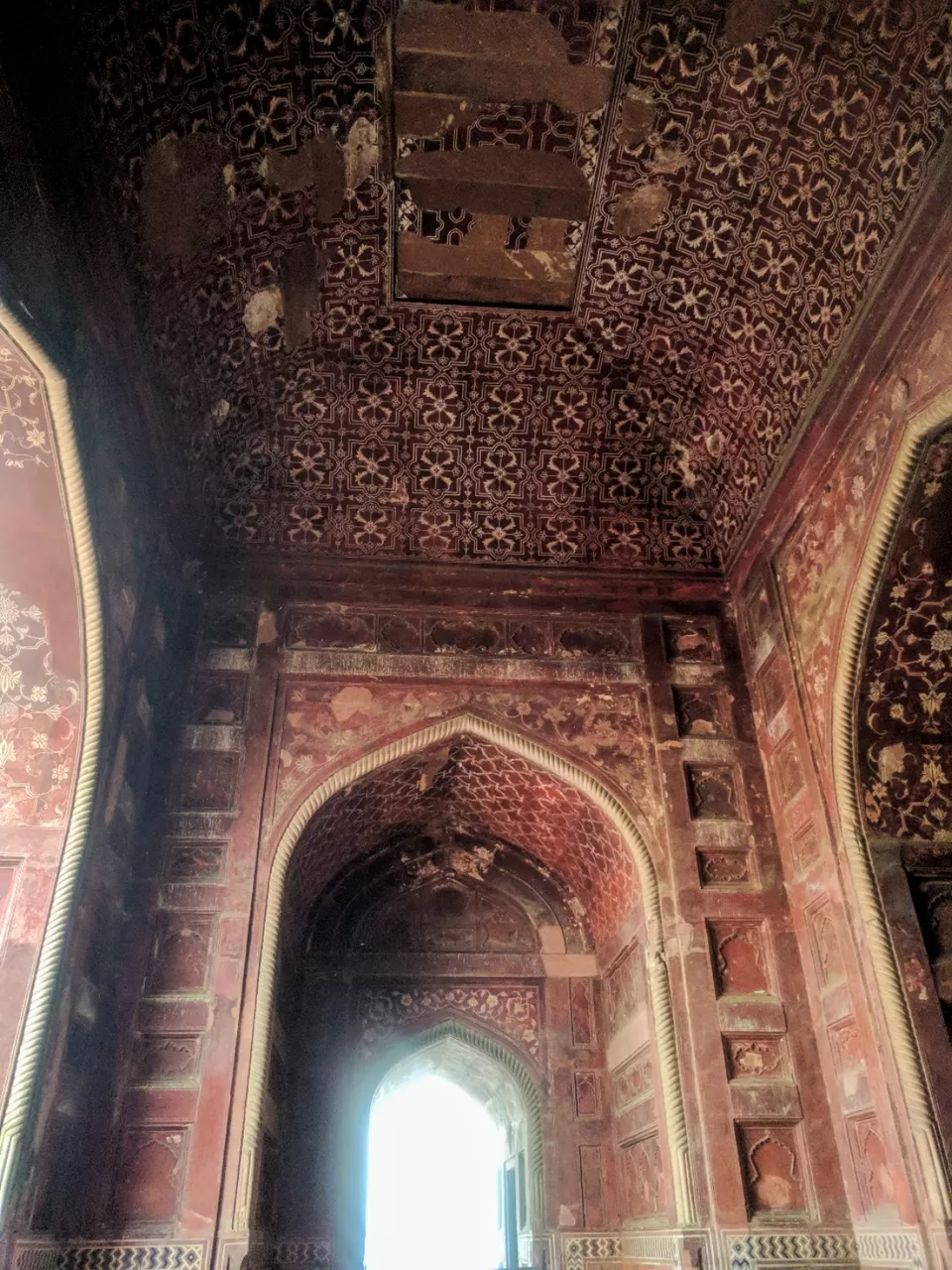
I ensured that I took adequate rest and did not overexert myself. So, around 9 am I left for my hostel where I ate a good breakfast and chilled with the pups. At around 3.30pm I headed out to Agra Fort. Since You can make travel arrangements with rickshaw drivers or cabs to take you to all the sites for visiting. During my solo trip I arranged with an auto-rickshaw fellow who agreed to take me to Agra Fort, Fatehpur-Sikri and even dropped me off at Agra Railway Station when I took a train to Gwalior.
Tickets for Agra Fort need to be bought online
Tickets for Indians – Rs50
Tickets for foreign nationals – Rs650
The complex of Agra Fort is humongous and requires a good three hrs to cover the entire area. Built on the Yamuna river, surrounded by a moat, it served as a military base, a seat of government when the Mughal capital was Agra and also a royal residence. It is again advisable to employ a guide licensed under Government of India or State Tourism department who wear a red-coloured identity card (don't haggle too much on the rates they quote if it's not exhorbitant as they are also trying to make a living). Every corner of the fort has a story to tell and who better to narrate than the guides. The semi-precious stones that were used on bas-reliefs of Taj Mahal were also used on the marble walls of Agra Fort and glows on full-moon nights. The construction of the fort was commissioned by three Mughal emperors and stood witness to the changing attitudes towards the typology and articulation of the palace under the influence of Akbar, Jahangir, and Shah Jahan. The section where Shah Jahan was kept captive in his quarters by his son Aurangazeb for 8 years until he died in 1666 still bears a tragic sense of doom. Agra Fort houses the Diwan-i-Aam (Hall of Public Audience) where the emperor would listen to the public petitions and meet government officials and Diwan-i-Khas (Hall of Private Audience) where the emperor would attend to distinguished visitors.
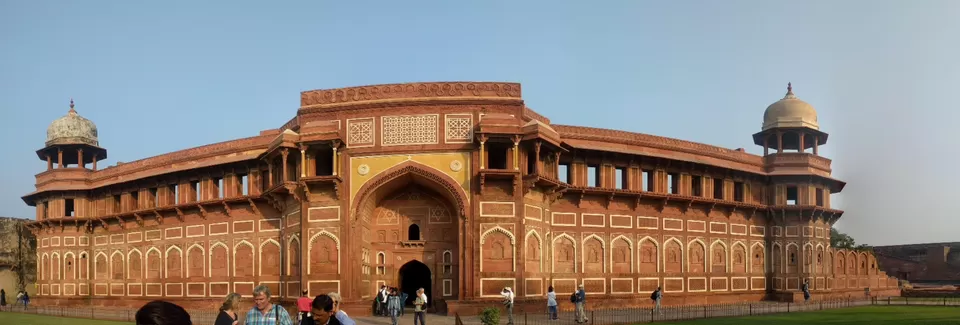
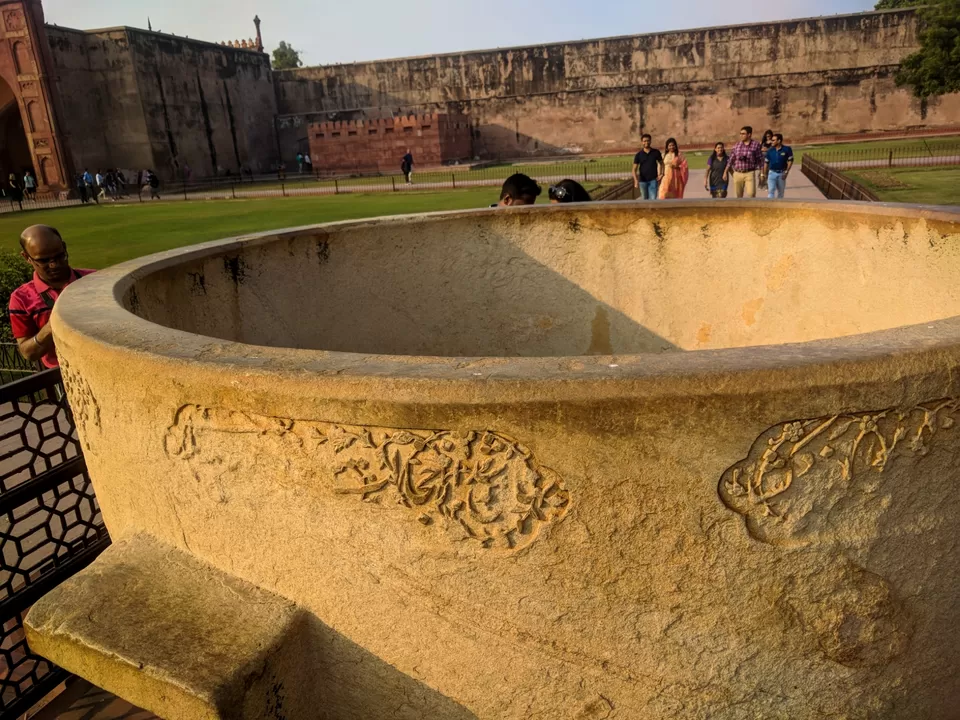
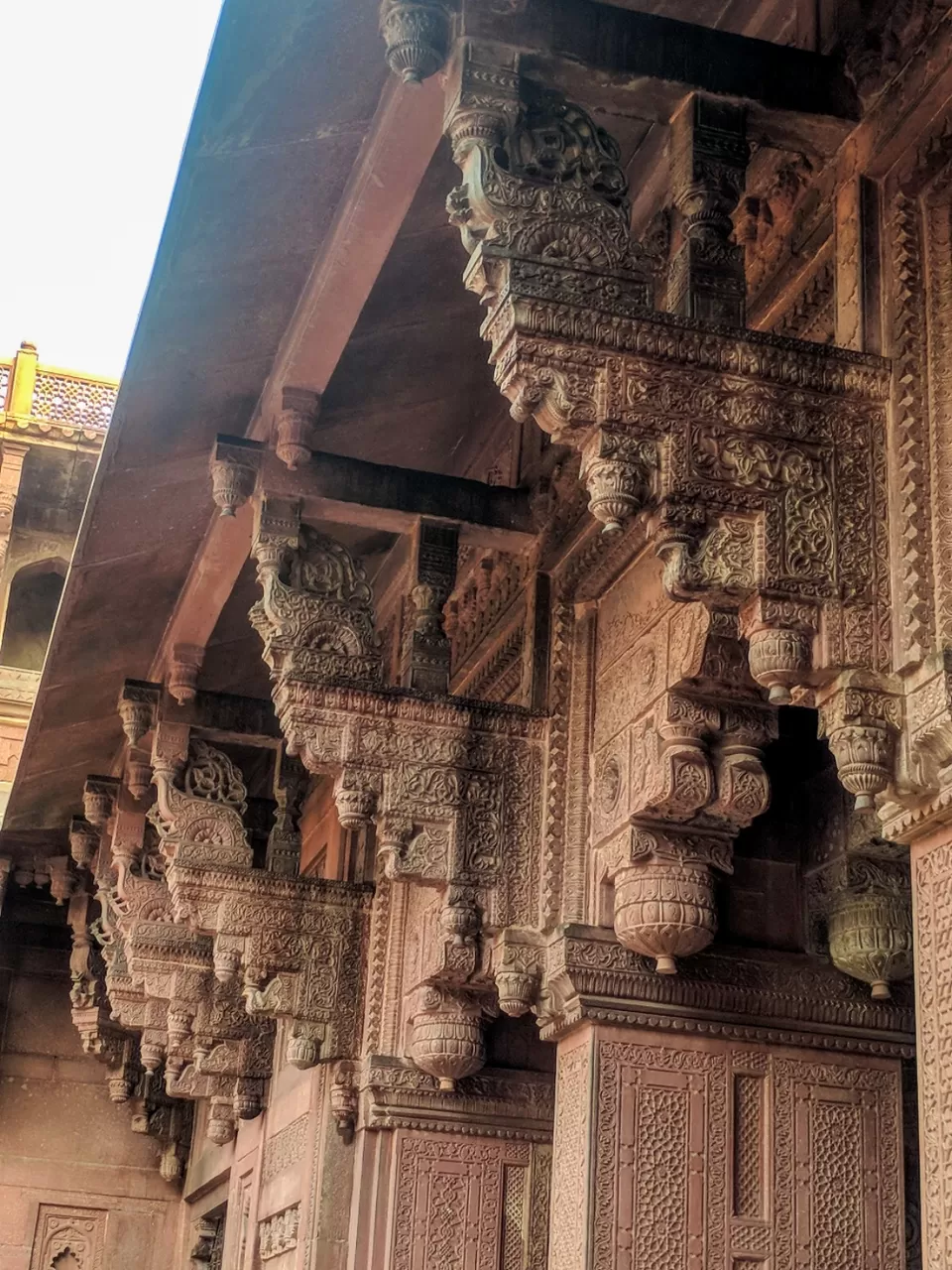
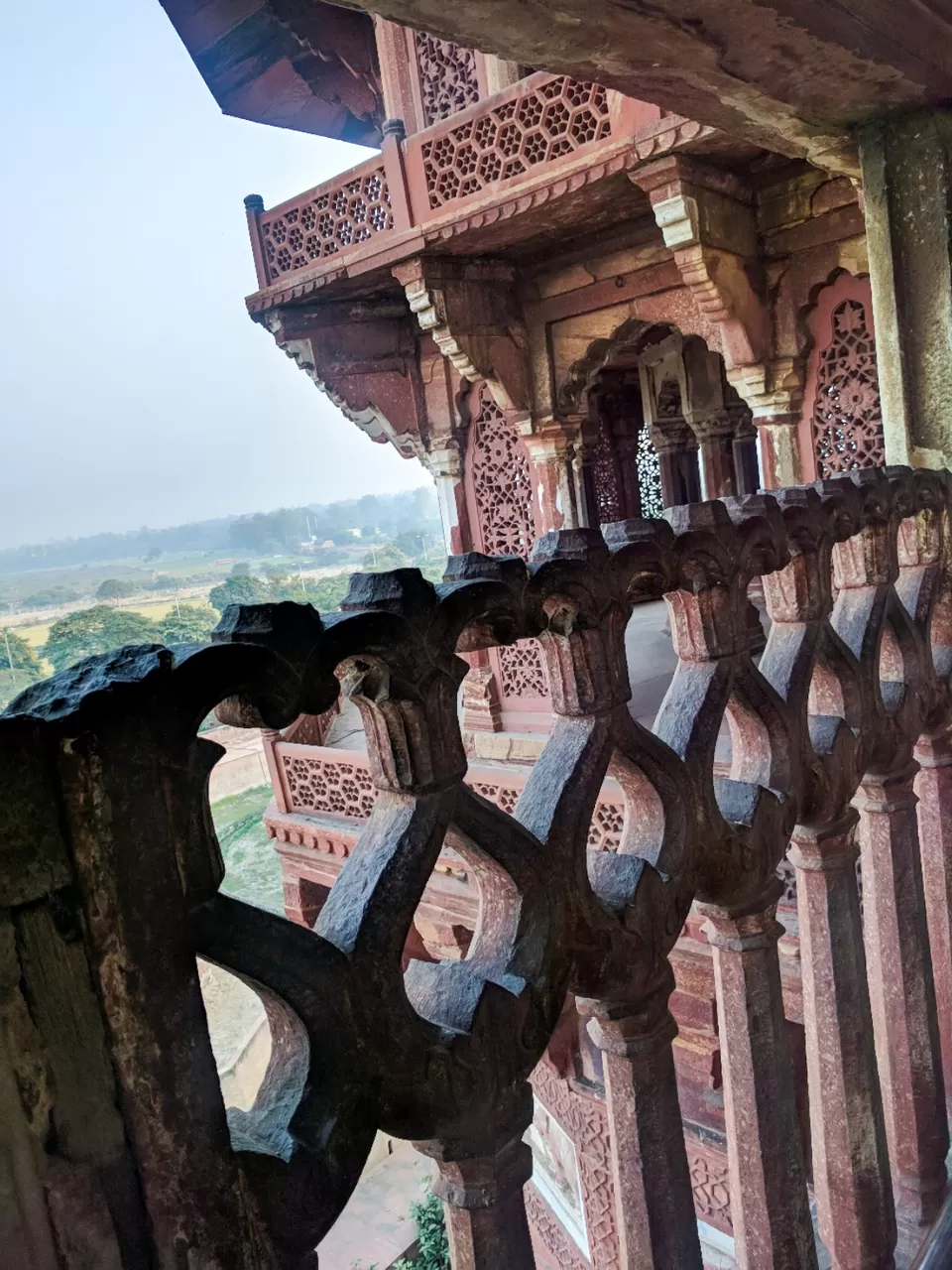
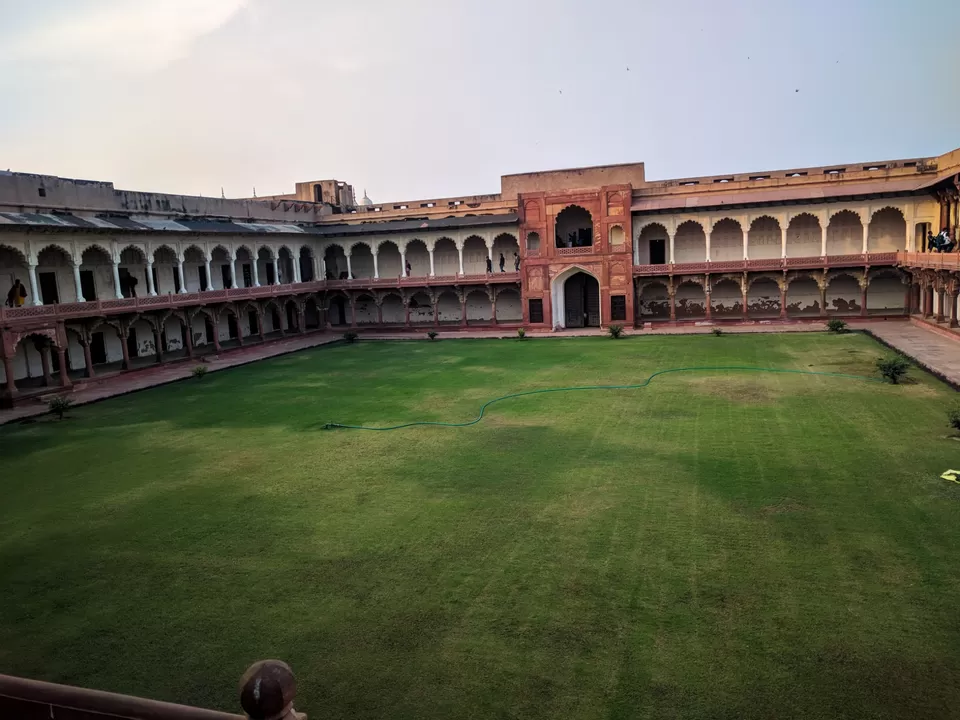

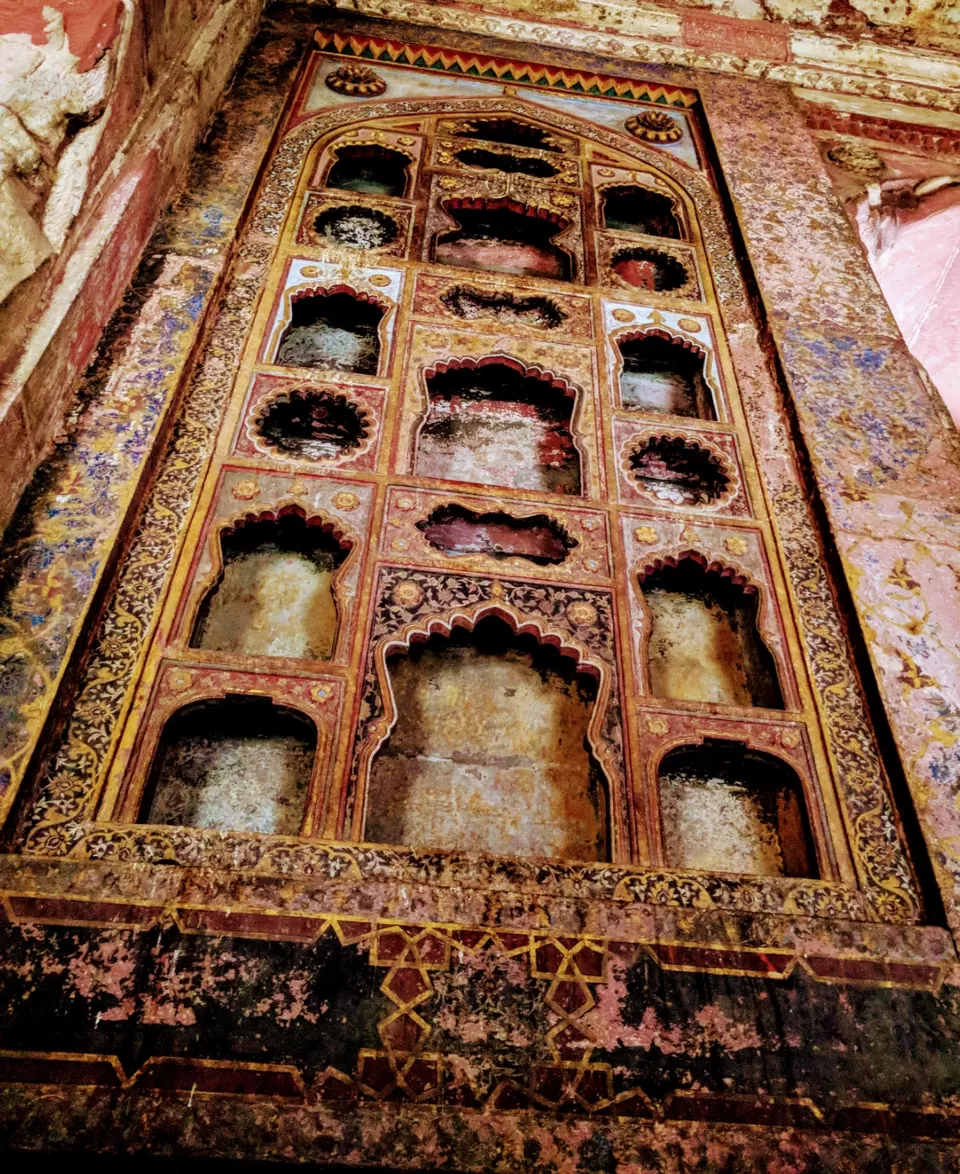
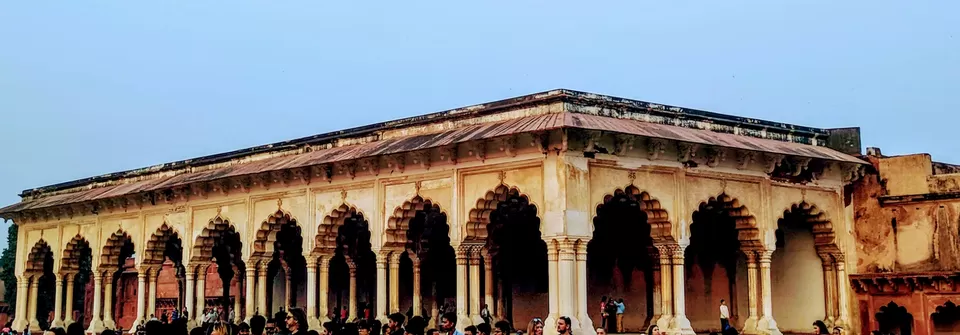
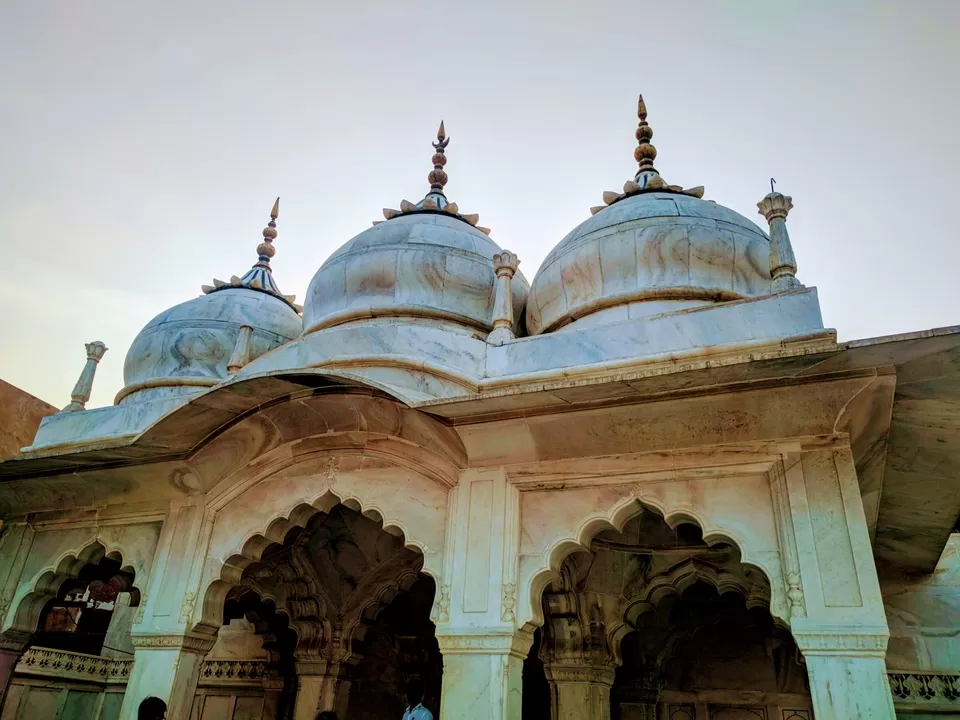
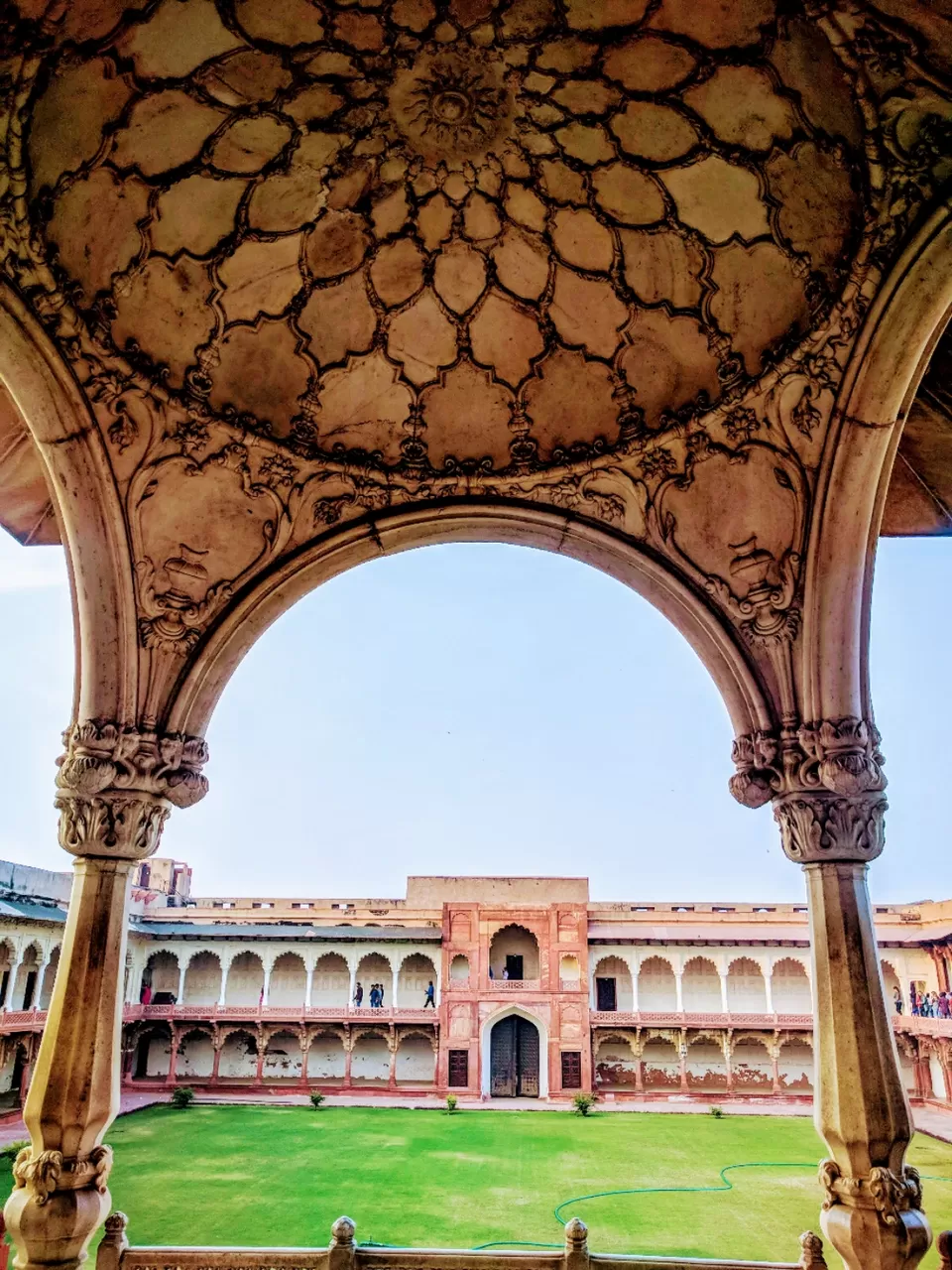
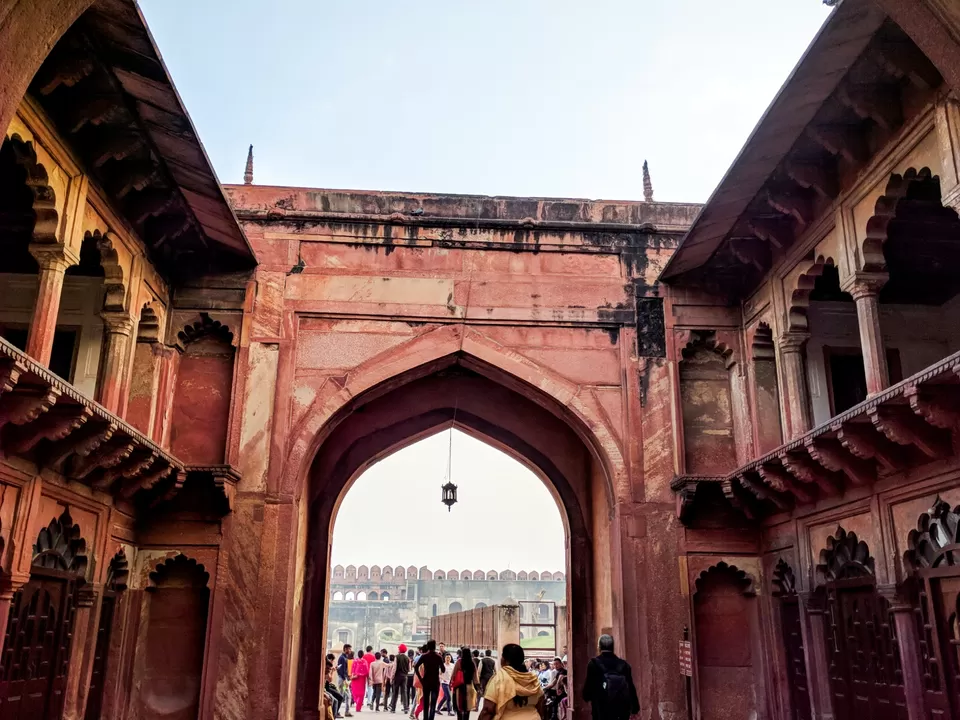
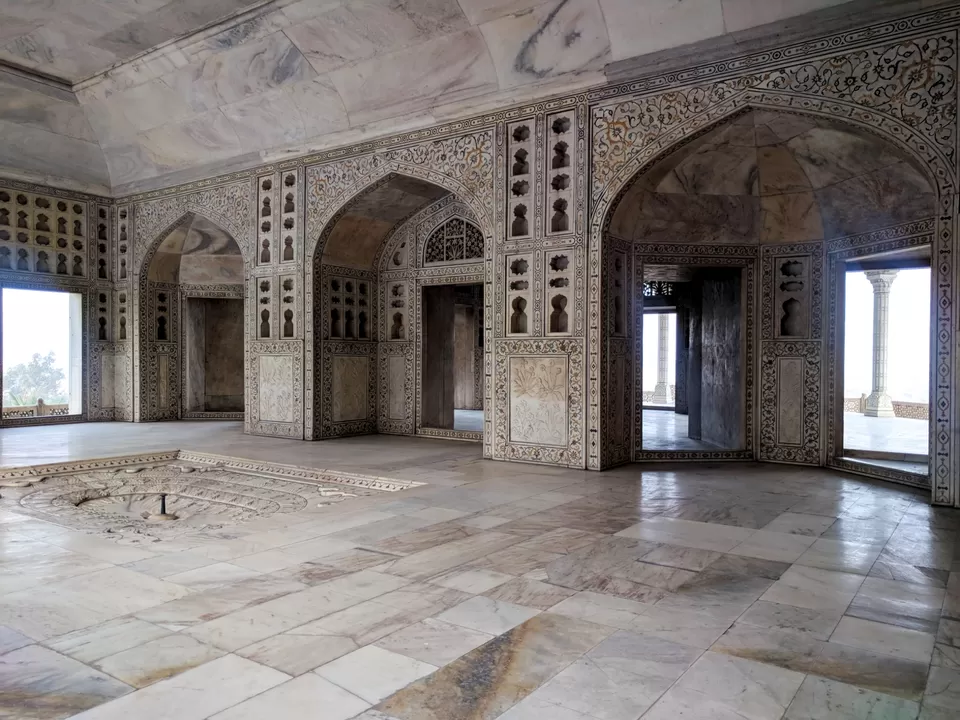
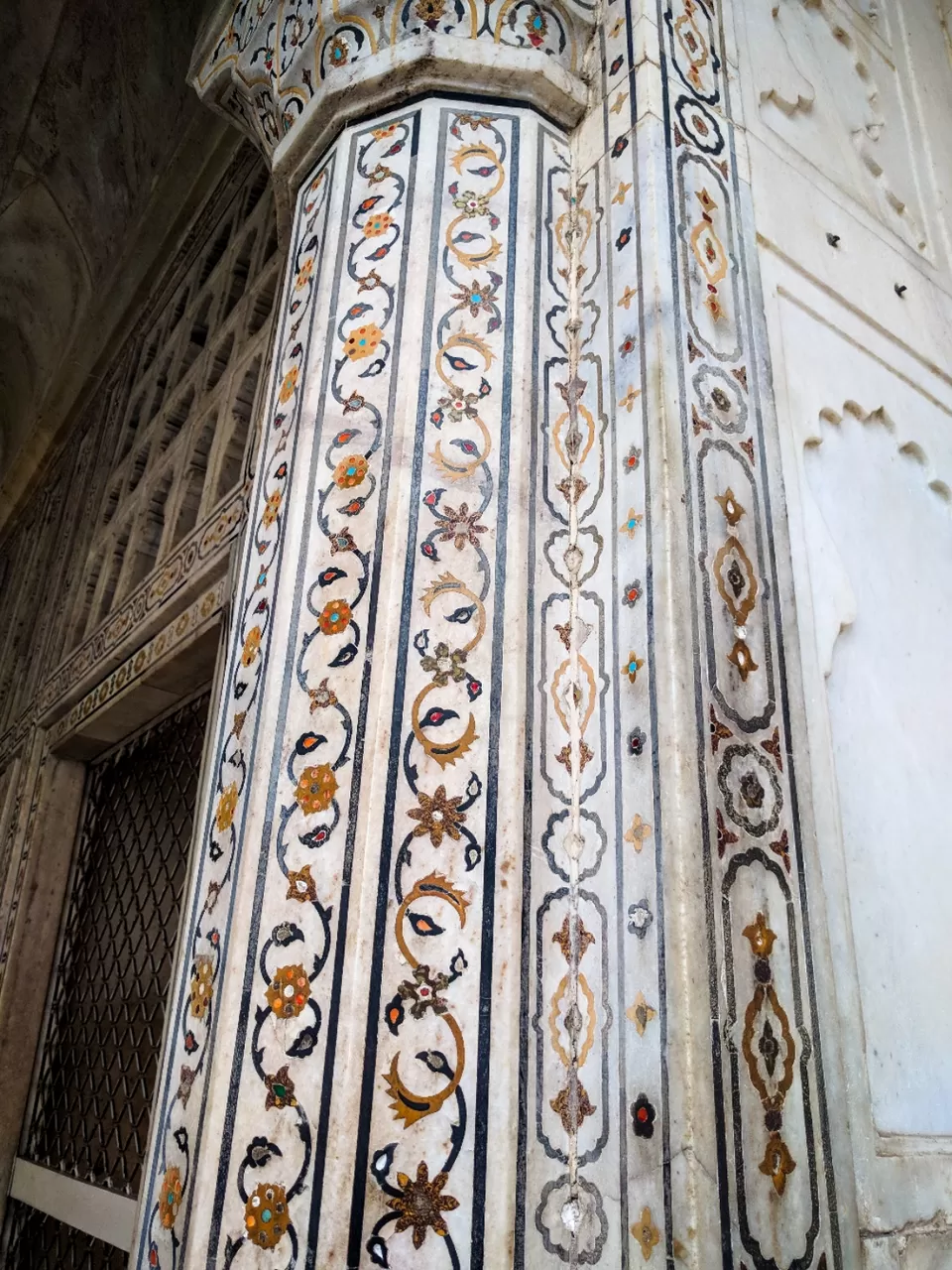
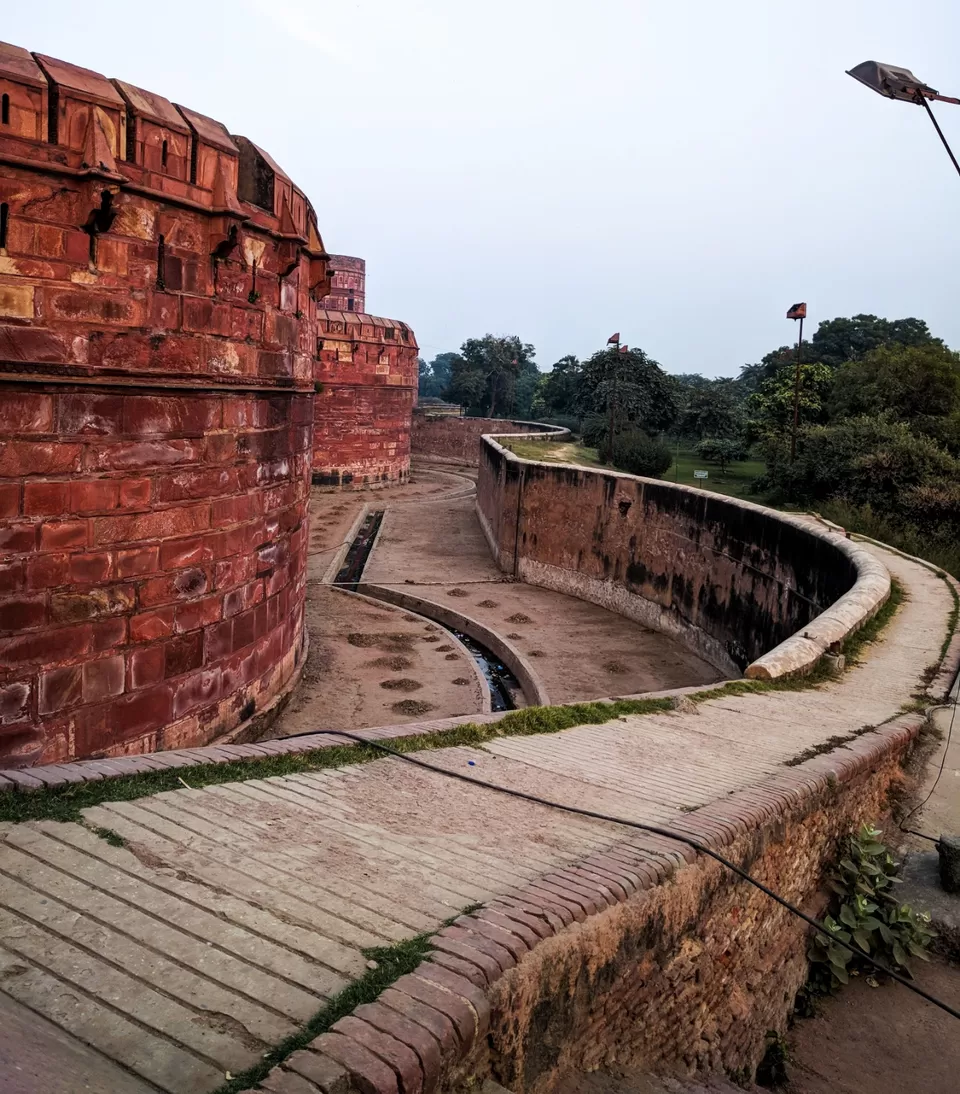
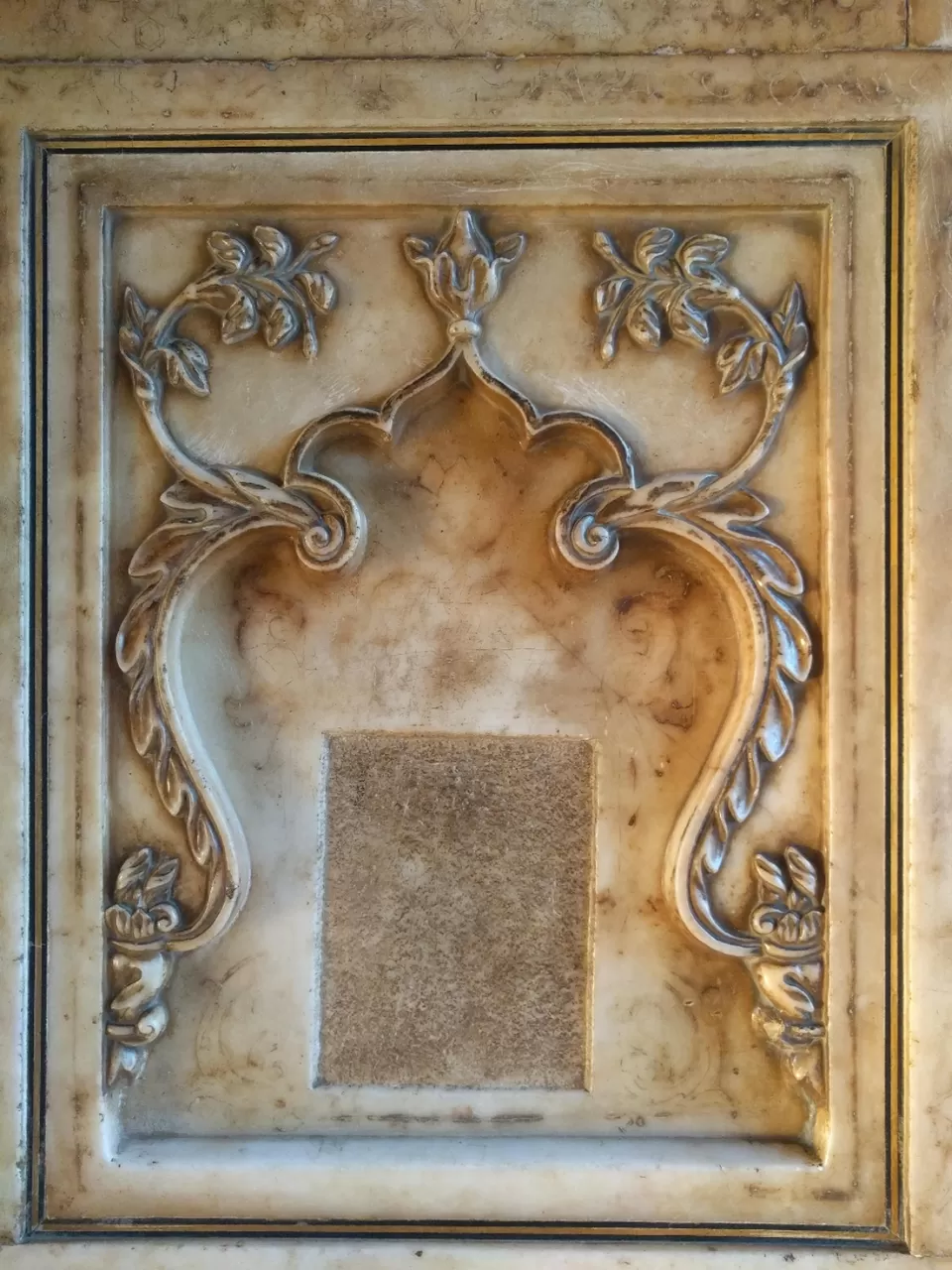
Visit to the old Mughal capital – Fatehpur-Sikri
Since I had made arrangement of travel, I left the hostel early to avoid traffic and to be able to enjoy the Fatehpur at my own leisure. The autos or cabs are not allowed till the main entrance of the fort and should be parked in the parking lot. Either tourist buses (costing Rs10) or local autos (Rs10 or 15) need to be availed to reach the fort.
Built 23 miles away from Agra, it is a small town, home to a celebrated Muhammadan pir or saint, called Sheikh Salim Chishti. Formerly a mere village by the name of Sikri, it was renamed as Fatehpur after Akbar’s conquest of Gujrat which meant “the town of victory”. Having lost his twin children, an anxious Akbar was advised by Pir Salim Chishti to live at Sikri. On following his advice, Akbar was blessed with an heir, Jahangir, nine months later. The splendour of Akbar’s capital in Fatehpur Sikri was short-lived where he held his court for seventeen years but shifted capital to Agra due to various factors that either included irregular water supply or disturbance caused by gaieties of the city that disturbed the pir in his devotions.
Fatehpur-Sikri Fort consists of Jamia Masjid or Cathedral Mosque which houses the dargah of Salim Chishti, Buland Darwaza, Panch Mahal, Jodha Bai’s Palace, Birbal’s House, Diwan-i-Khas, Diwan-i-Aam, Ibadat Khana, Anup Talao, Naubat Khana, Pachisi Court and Hiran Minar.
Buland Darwaza
Buland Darwaza or “Door of Victory”, the highest gateway in the world was built by Akbar in 1601 to commemorate the victory over Gujrat. Constructed using red sandstone, and white and black marble, an inscription on the front side of Buland Darwaza displays Emperor Akbar’s religious tolerance.
Tomb of Salim Chishti
Built during the reign of Akbar between 1580-1581, it signifies the burial place of Pir Salim Chishti. The saint was deeply revered by Akbar as he believed that his prayers were answered because of the saint’s devotion. It is still believed that devotees are always blessed with what they wish for if they seek His blessing with a pure heart.
Jama Masjid
Jama Masjid, one of the largest mosques in the world that was constructed in 1571 AD, showcases Iranian and Mughal influence in its architectural brilliance. Around 25,000 people can worship in the large courtyard in the mosque at a time.
Ibadat Khana
It was built to accommodate the congregation of religious leaders of different faiths like Hindu, Jains, Roman Catholics and Zoroastrians every Thursday. Akbar advocated for religious tolerance and focused on reconciling different religions under one umbrella that included Sufism, Hinduism, Zoroastrianism and Jainism. Although he created a new faith, known as Din-i-Ilahi, it was too liberal for its time and soon died down.
Jamat Khana
Situated on the east of Salim Chishti’s tomb, built of red sandstone, this is where the Pir used to worship with his disciples. Later, it was turned into a graveyard and many of his disciples were buried there. While the graves of the male members can be identified by the verses from the holy Quran, the graves of the women members have flat bard called takhti.
Diwan-i-Aam
The Hall of Public Audience where the grievances of the citizens were heard, and Emperor Akbar used to address people.
Diwan-i-Khas
The Hall of Private Audience where the emperor welcomed royal guests and also held royal meetings.
Jodha Bai Palace
Also known as Raniwas and Zenani Dyodhi, it is an enormous double storeyed palace with its gateway on the east side that accommodates a suite in the palace which served as a temple and has vedikas and other Hindu motifs. Motifs depicting Hindu culture, like swans, elephants, parrots, srivasta mark and others adorn this palace that manifests the fact that it was built for someone of Hindu background.
Panch Mahal
Built by Akbar the palace is near the harem of women to provide relaxation during summer. Every ascending floor is smaller than the lower floor.
There will be a lot of vendors trying to persuade you to buy chadar (colourful small blankets) to offer at the pir’s dargah, it is at your discretion to do so. I personally believe that show of faith and reverence for the higher power does not necessarily require monetary investment and only purity of thought is sufficient for your prayers to reach them, but indulging in it is your personal choice. I did not offer any chadar, I went inside, paid my respects, and exited. At the extreme end of the patio where the vendors are stationed you will find a locked door at the bottom of a short flight of steps. It is believed that behind the locked door remains a tunnel that connects directly to Agra Fort, used during Mughal times under Akbar and also British times, but the tunnel was closed to restrict people from trying to access the tunnels and losing their way.
Also, if you are lucky you might witness live kawali in front of pir Salim Chishti's dargah. The first time I visited I was lucky to hear them but on my next visit, did not find any kawali singers around.
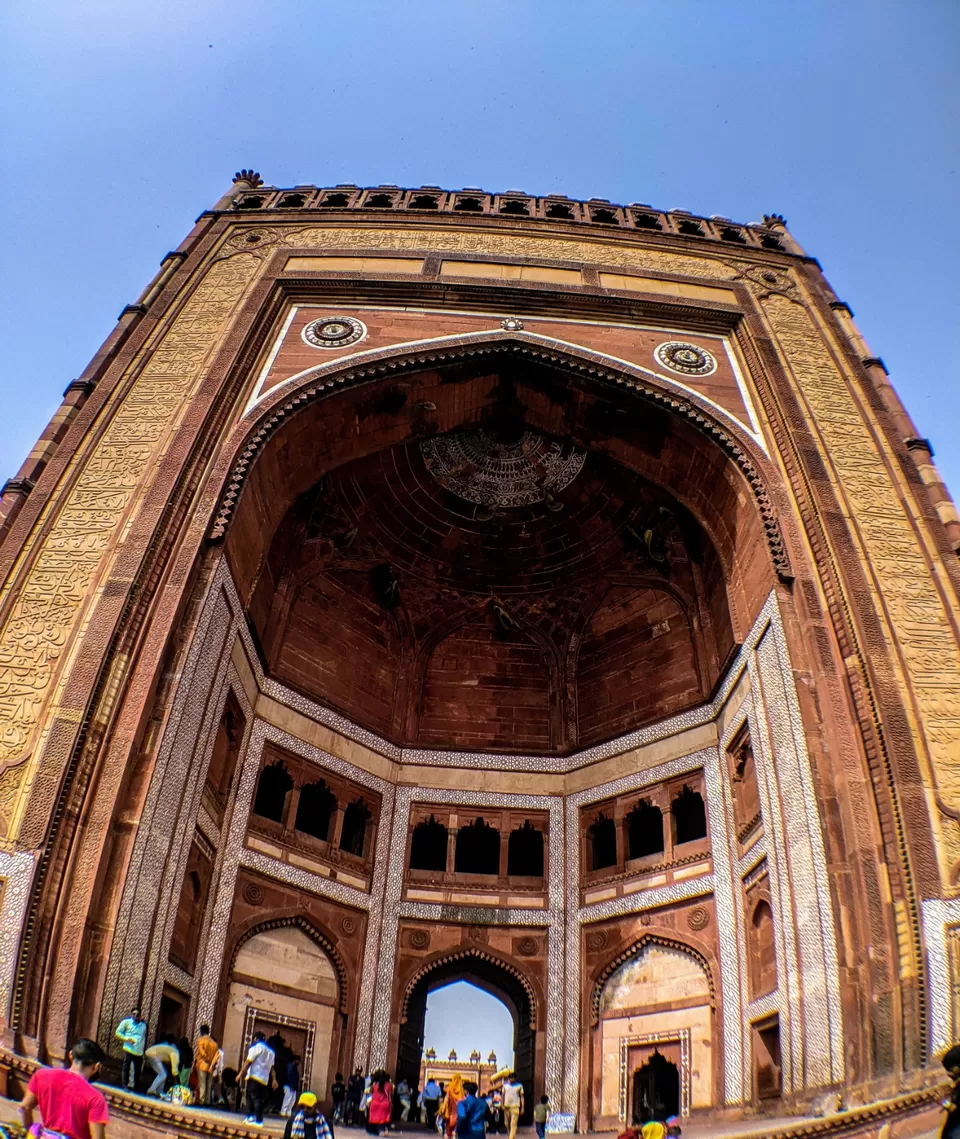
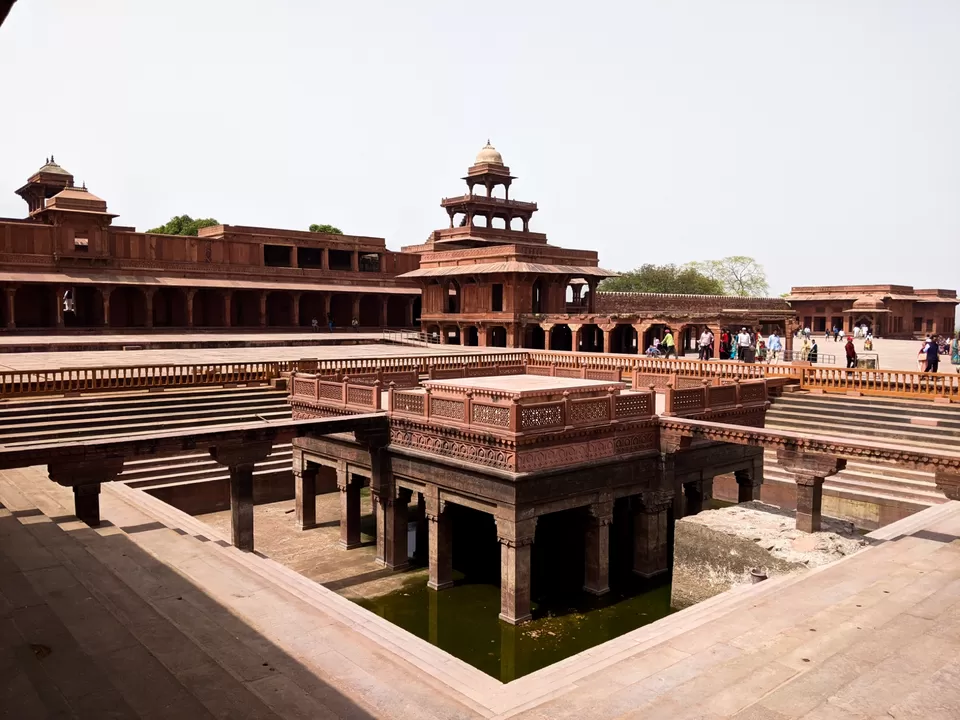
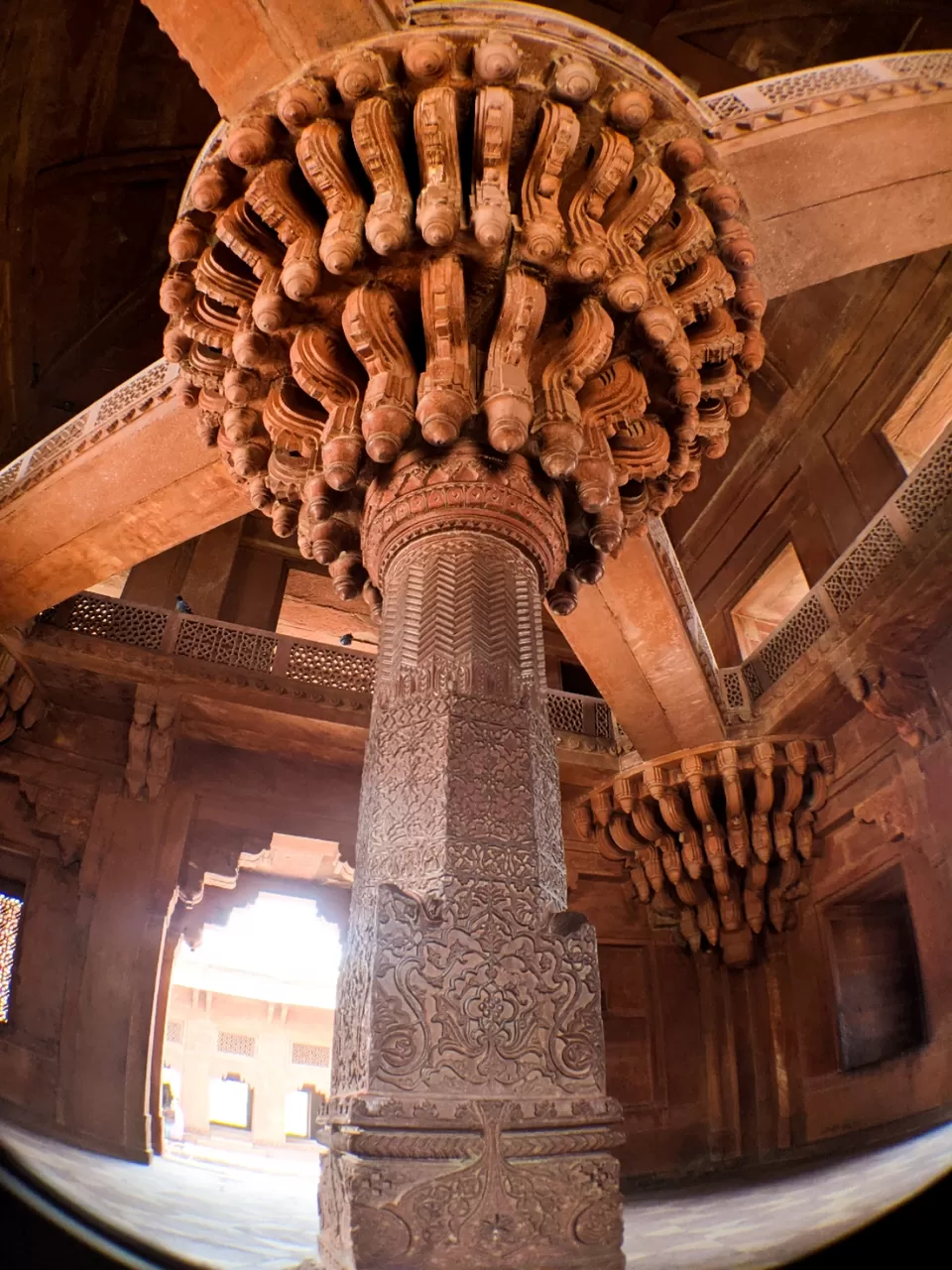
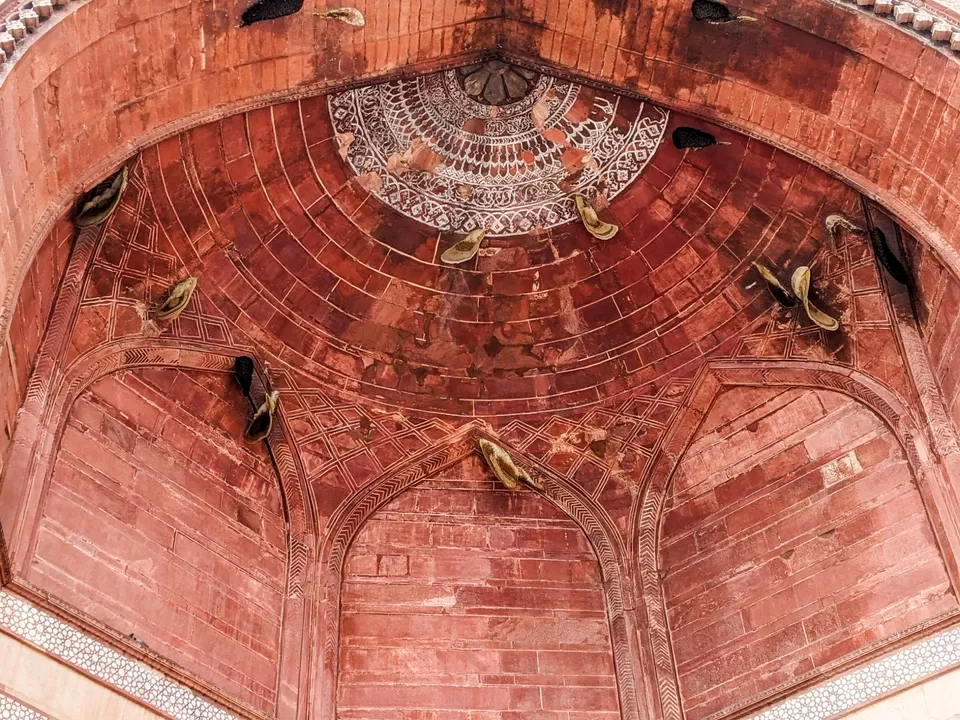
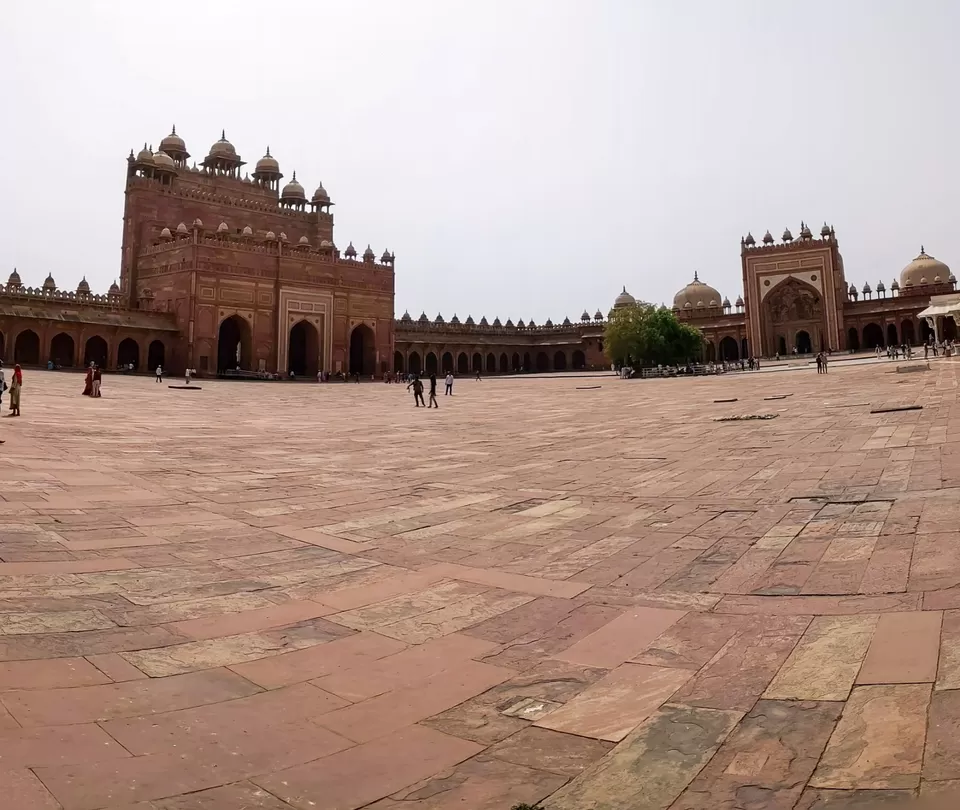

As you exit the Taj premises you will find a lot of stores selling Taj miniatures and also other items carved out of marble. Do try and bargain before indulging in those. I had set aside a budget for those kinds of memoirs, so I bought a miniature Taj Mahal and a lattice marble candle stand for Rs300 (in 2018 but whose price inflated in 2021 so I refrained from buying it the next time!!).







